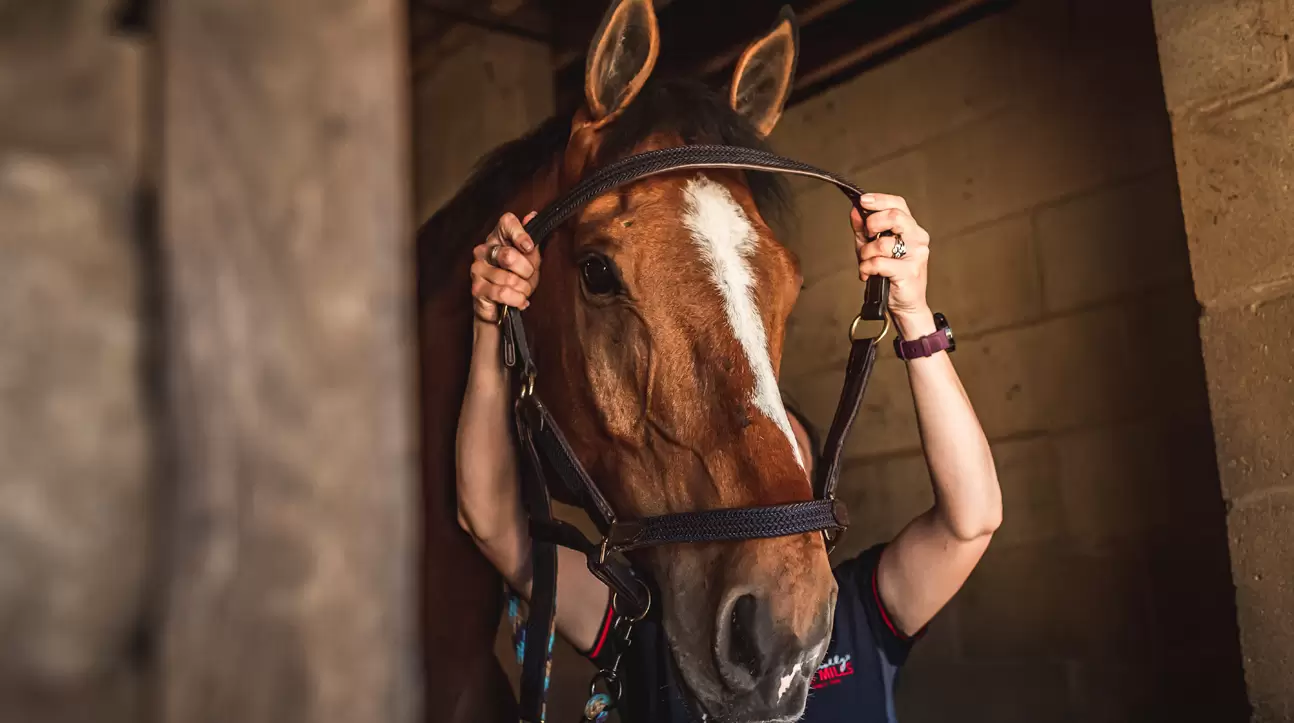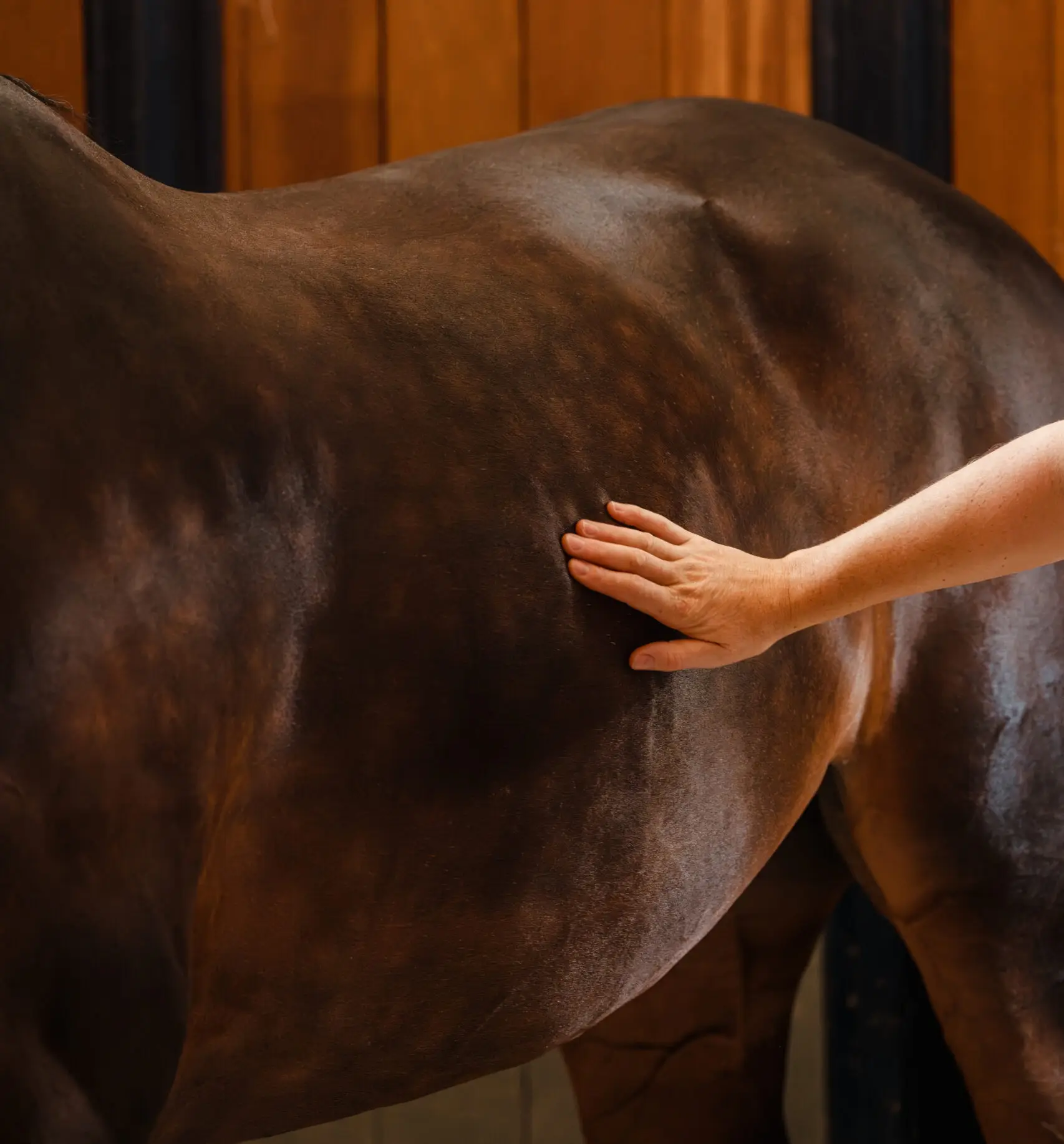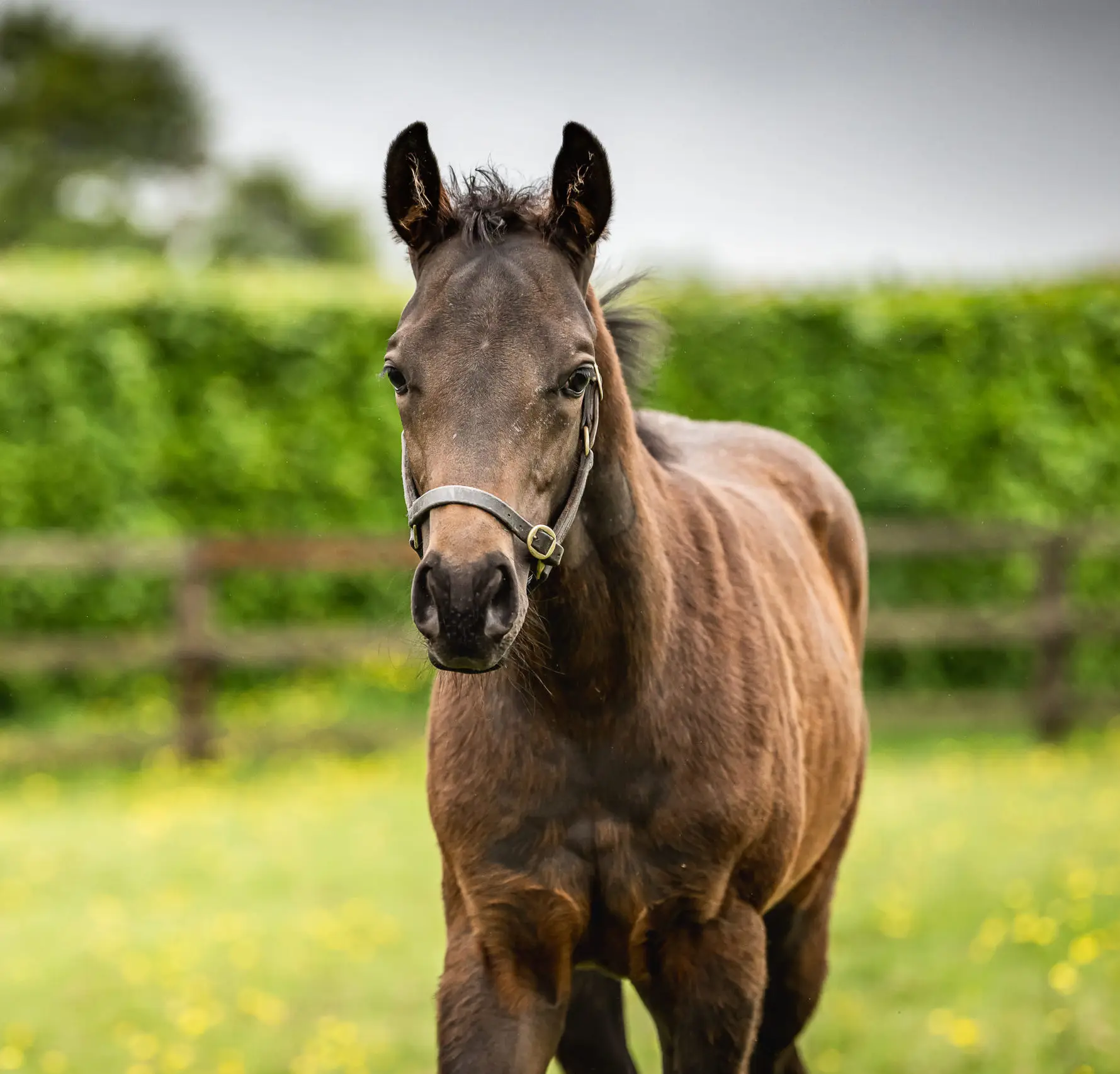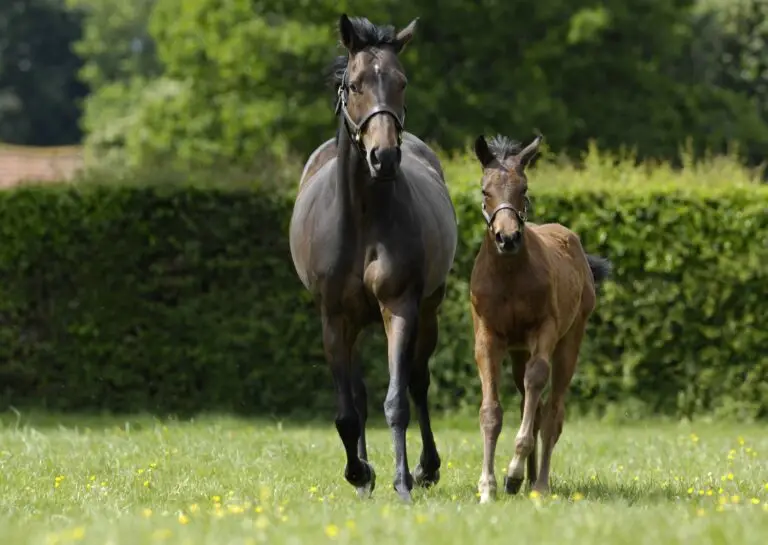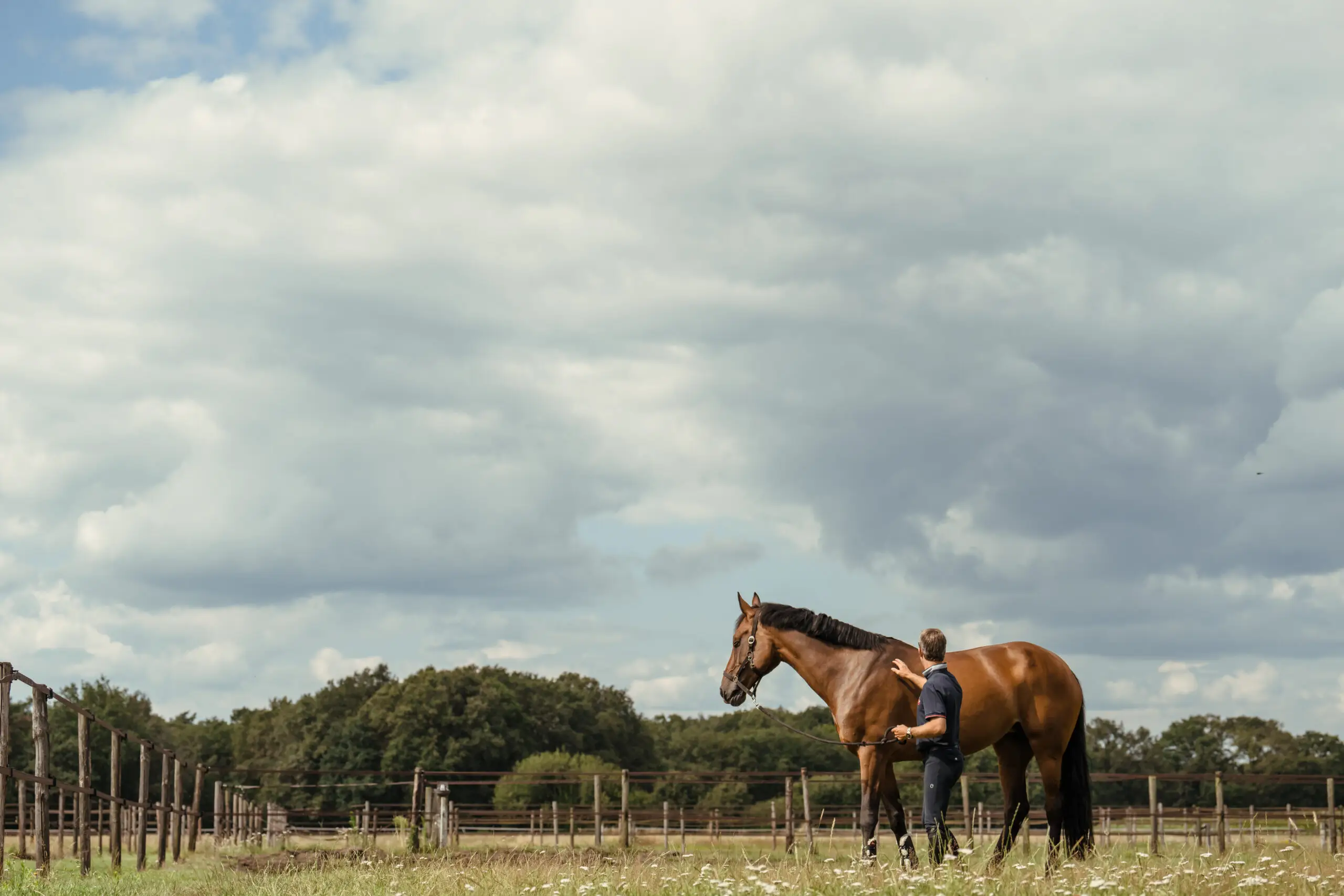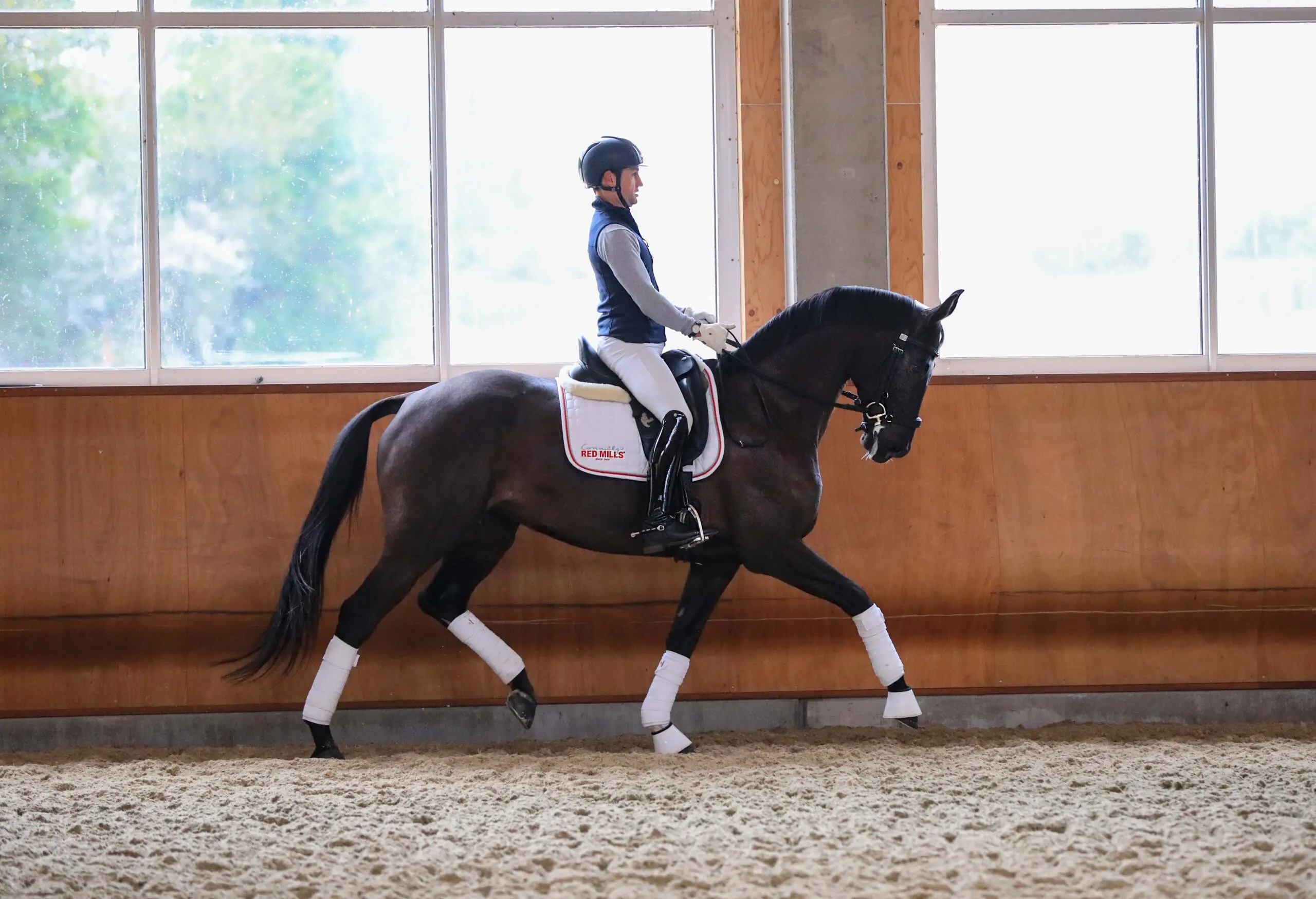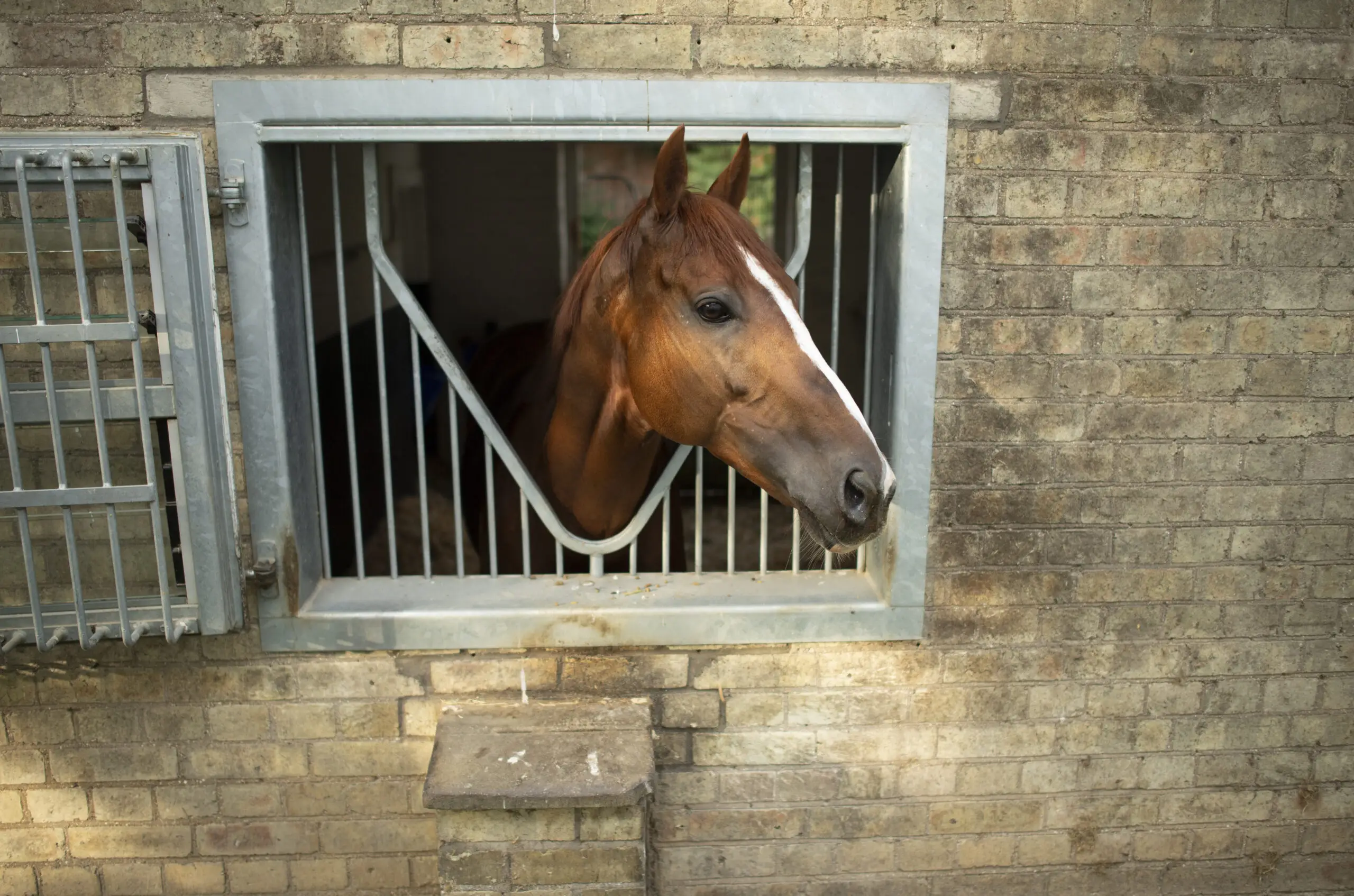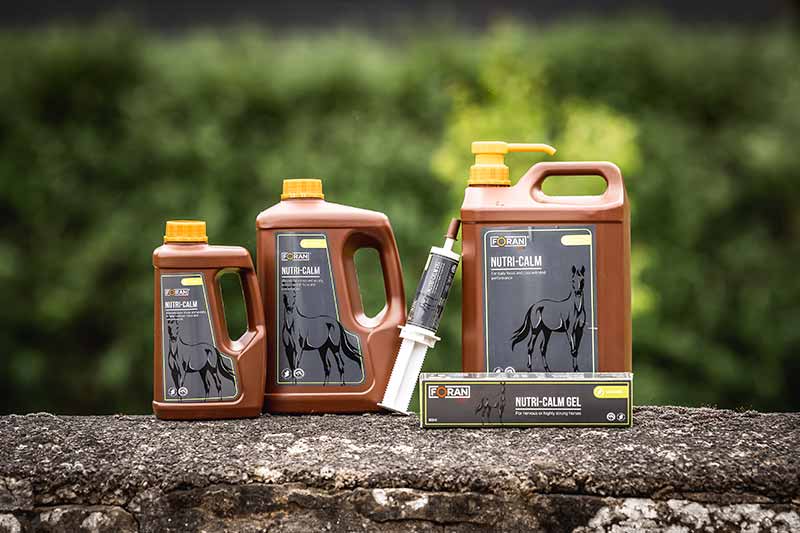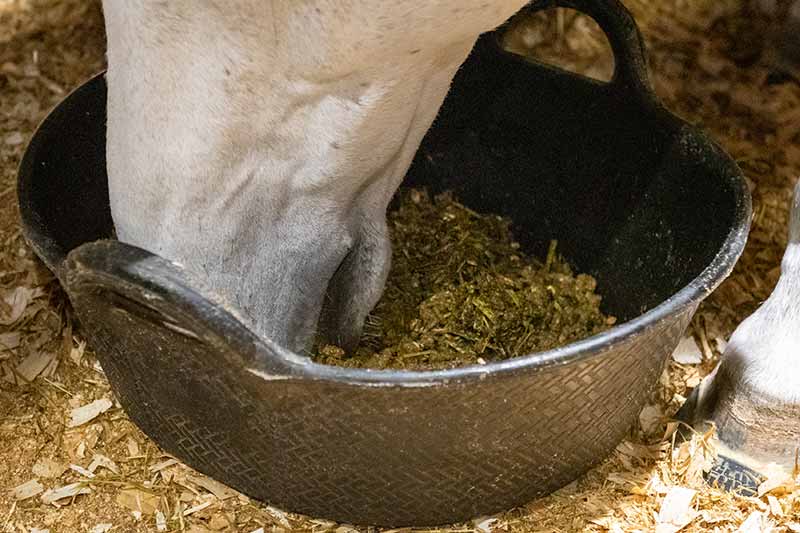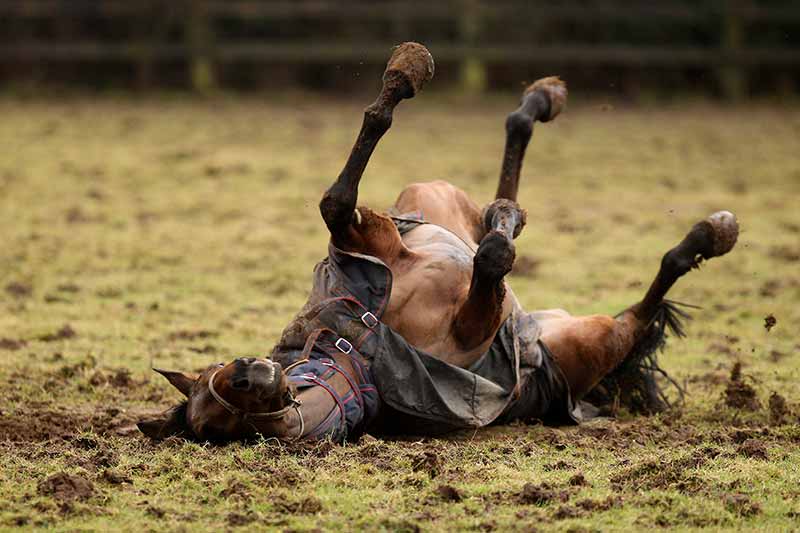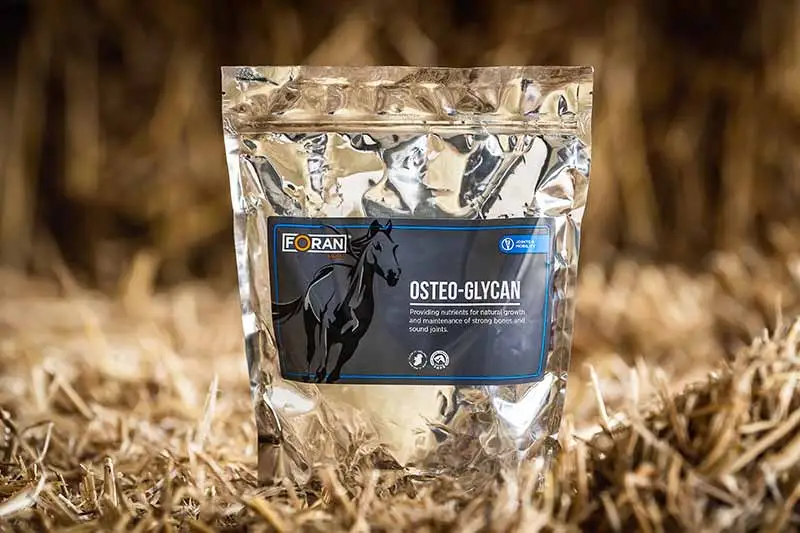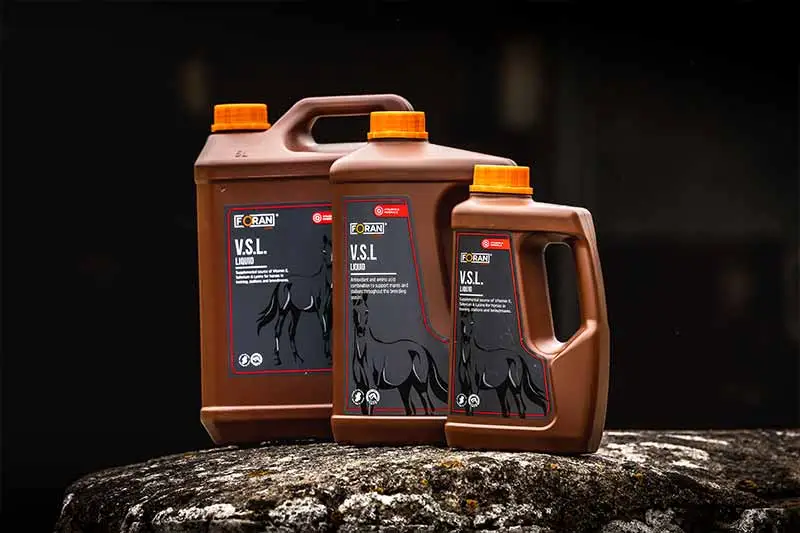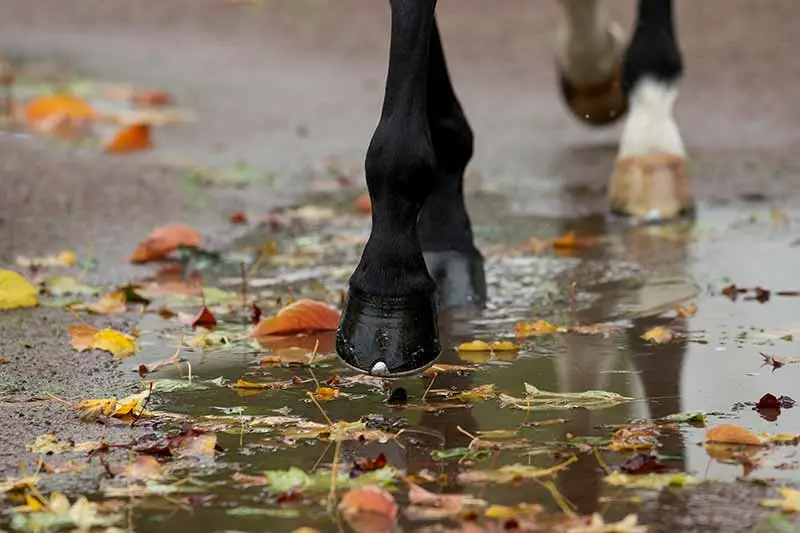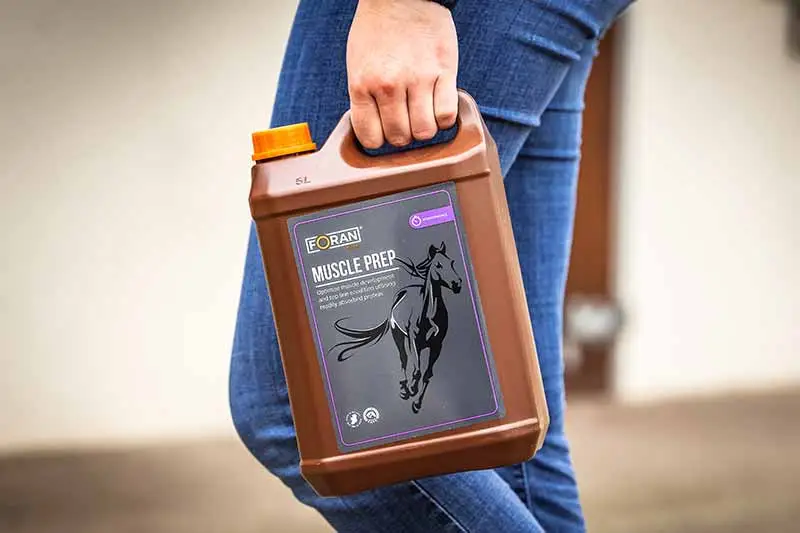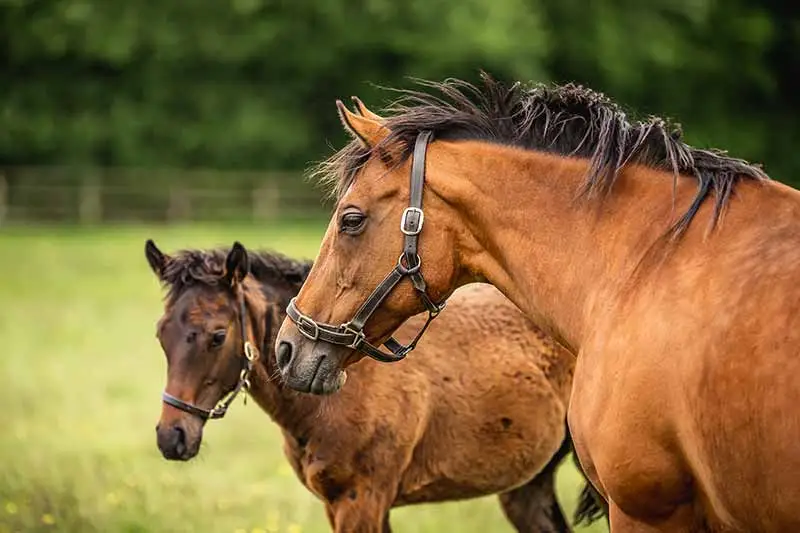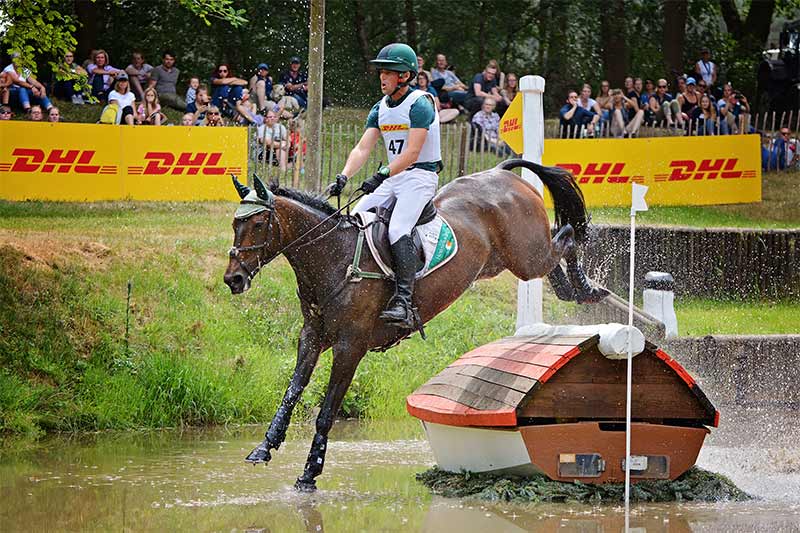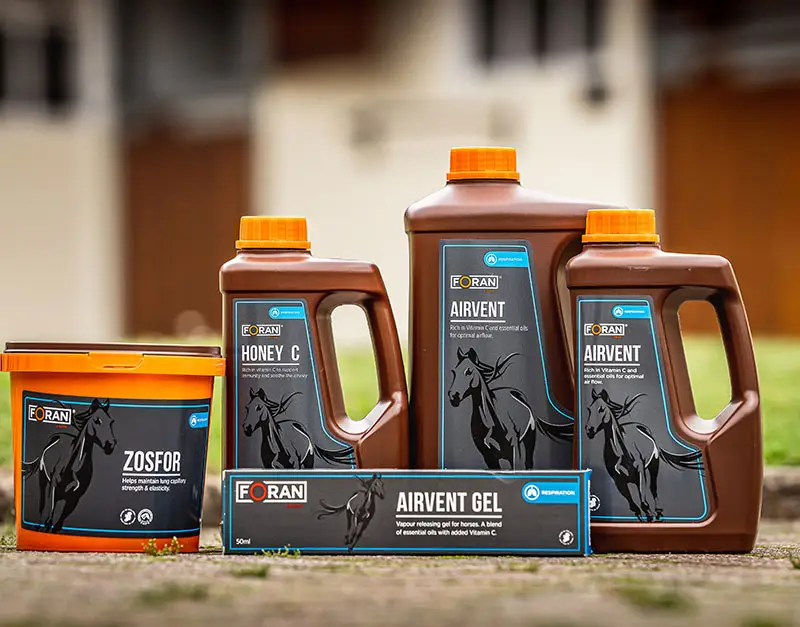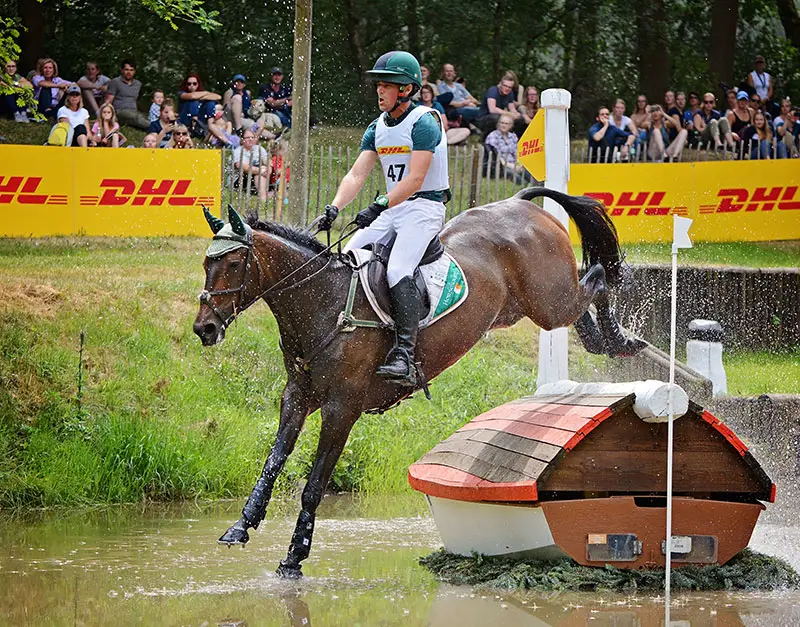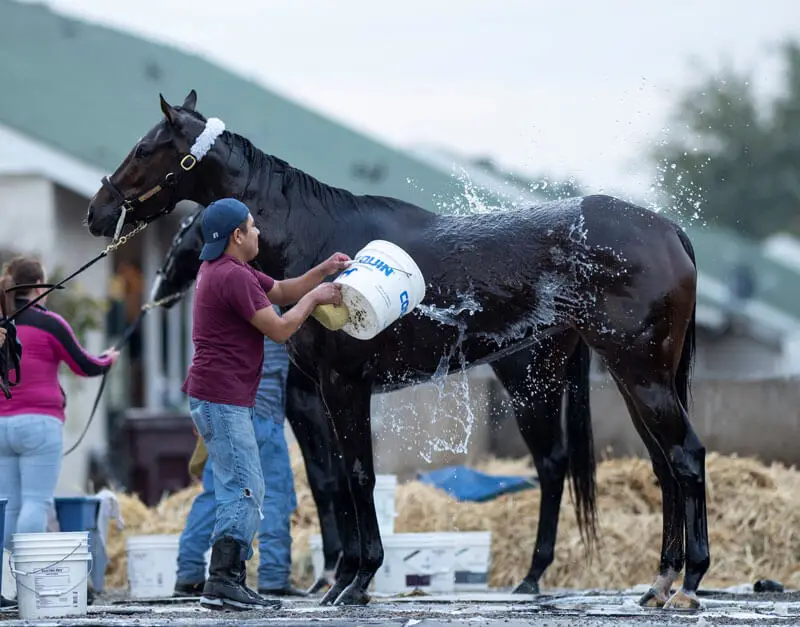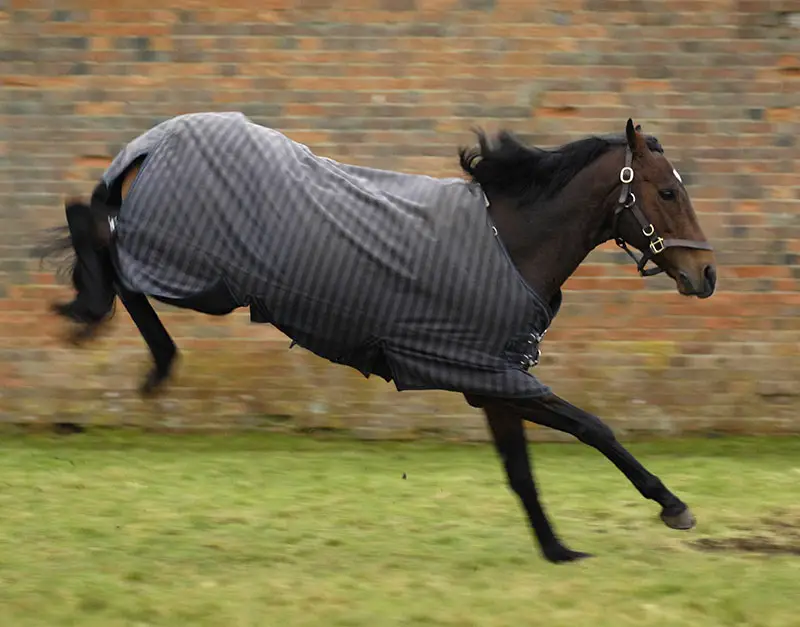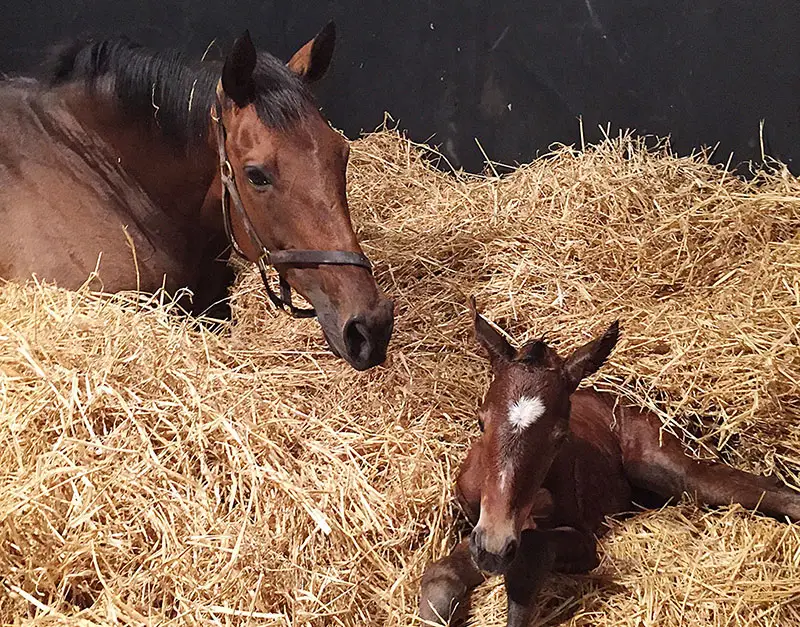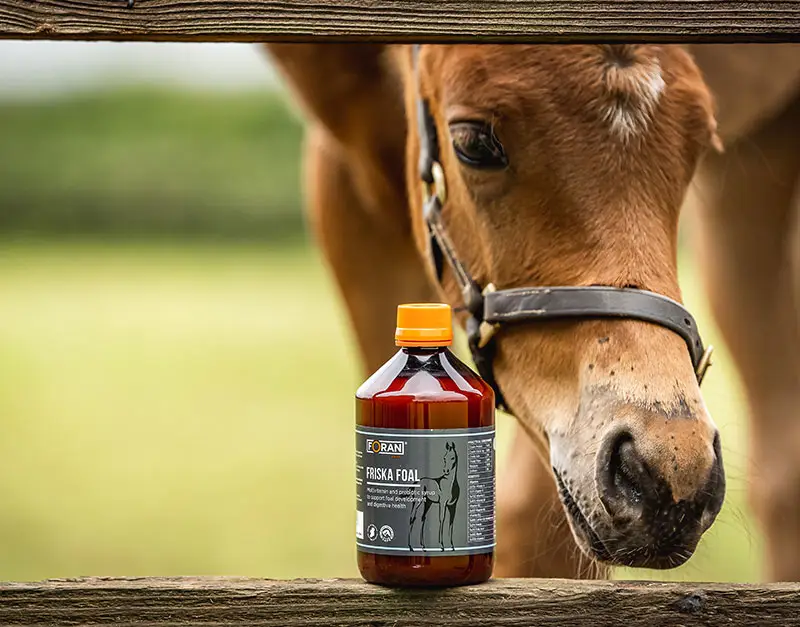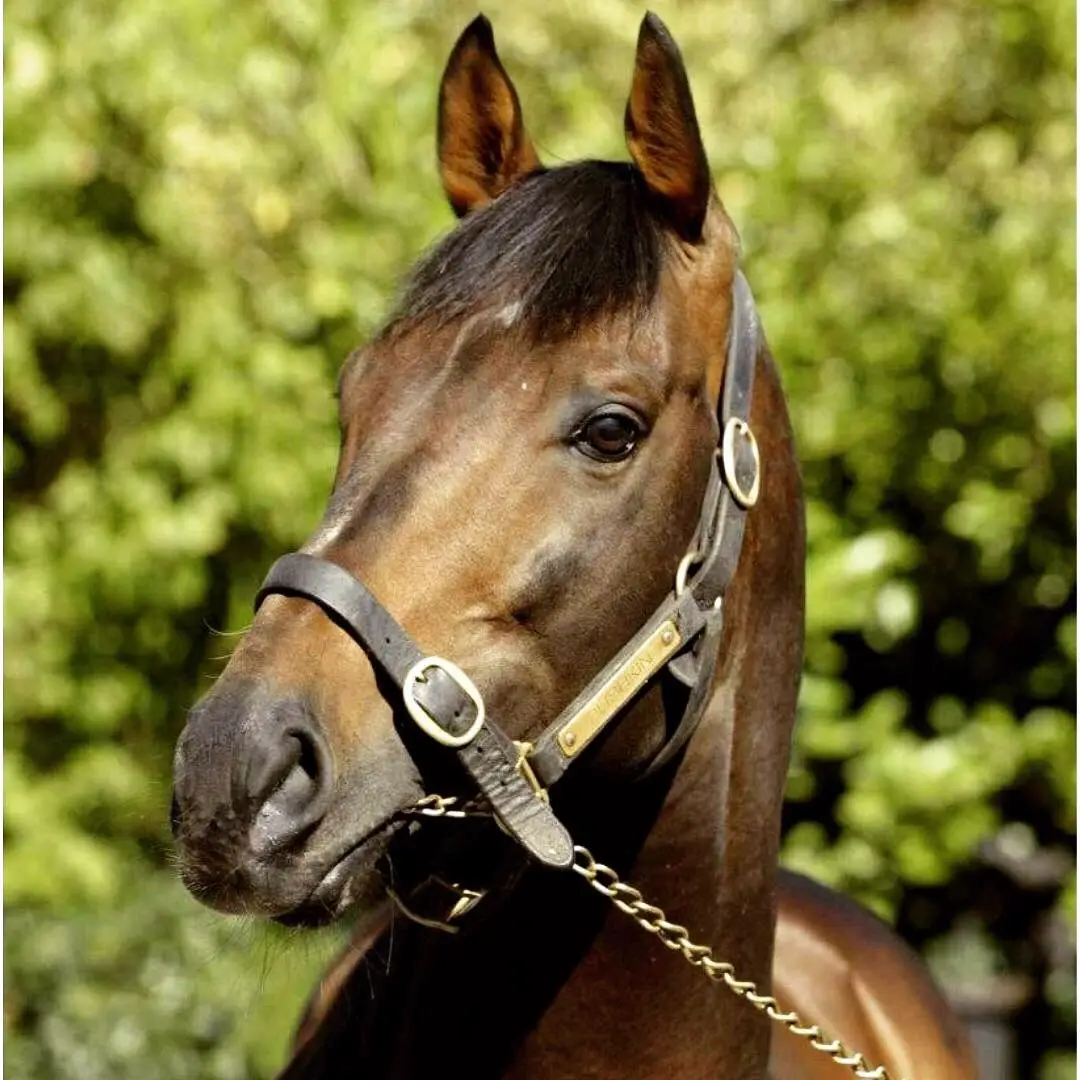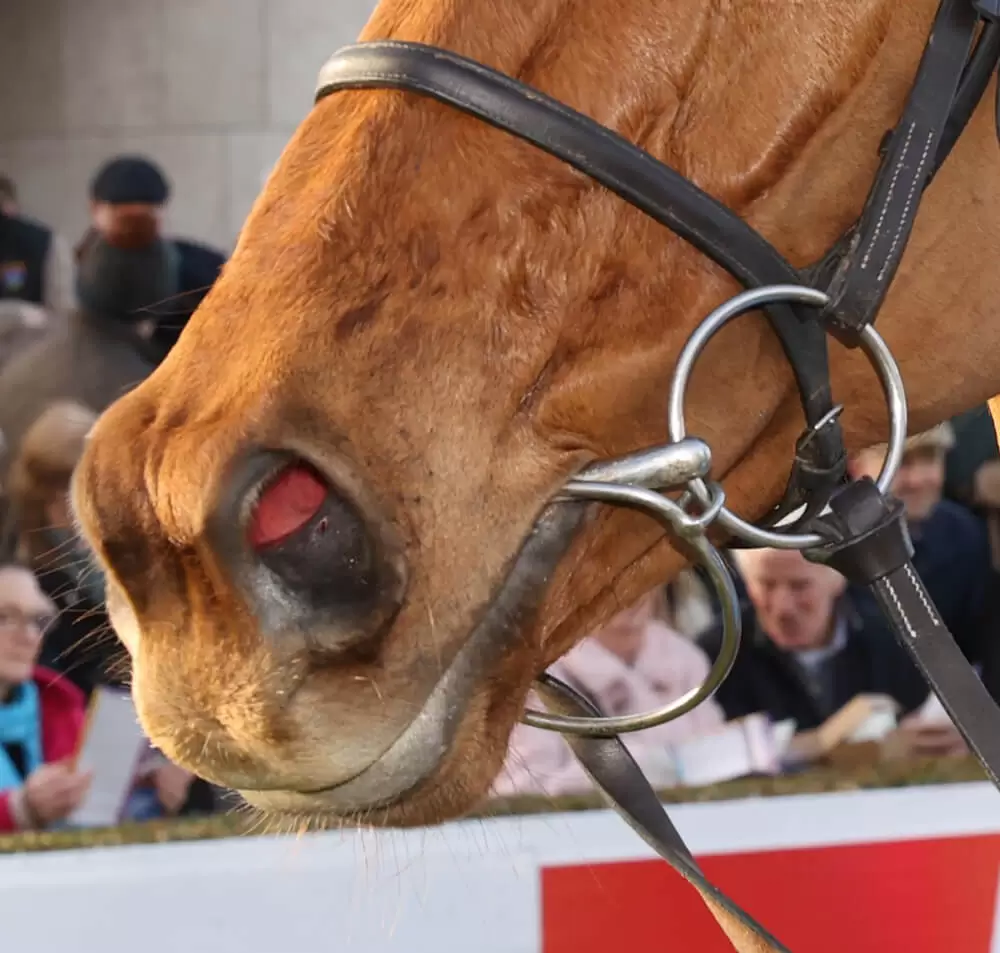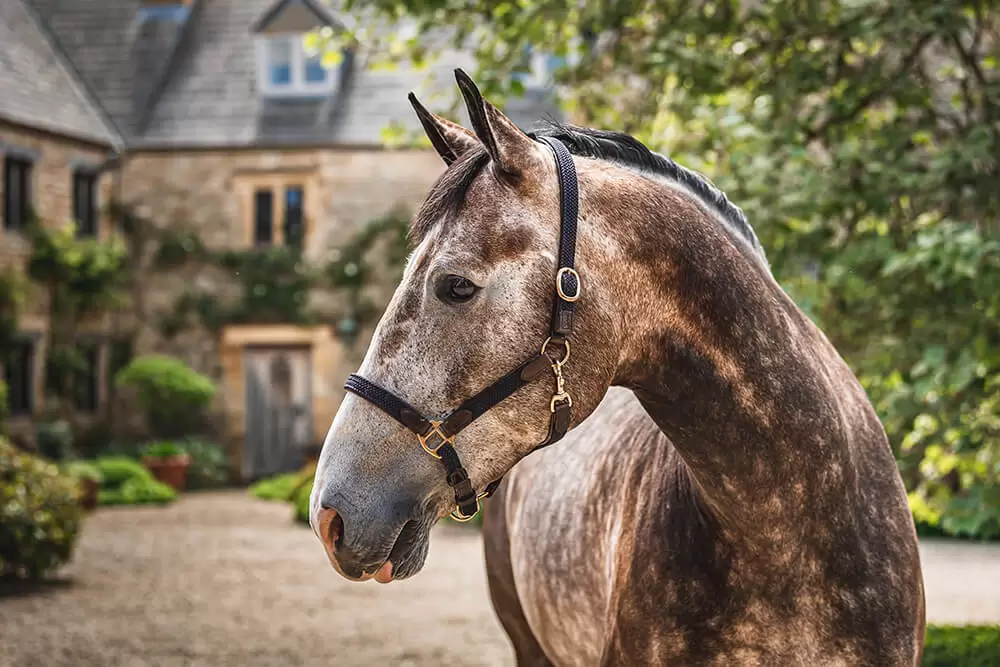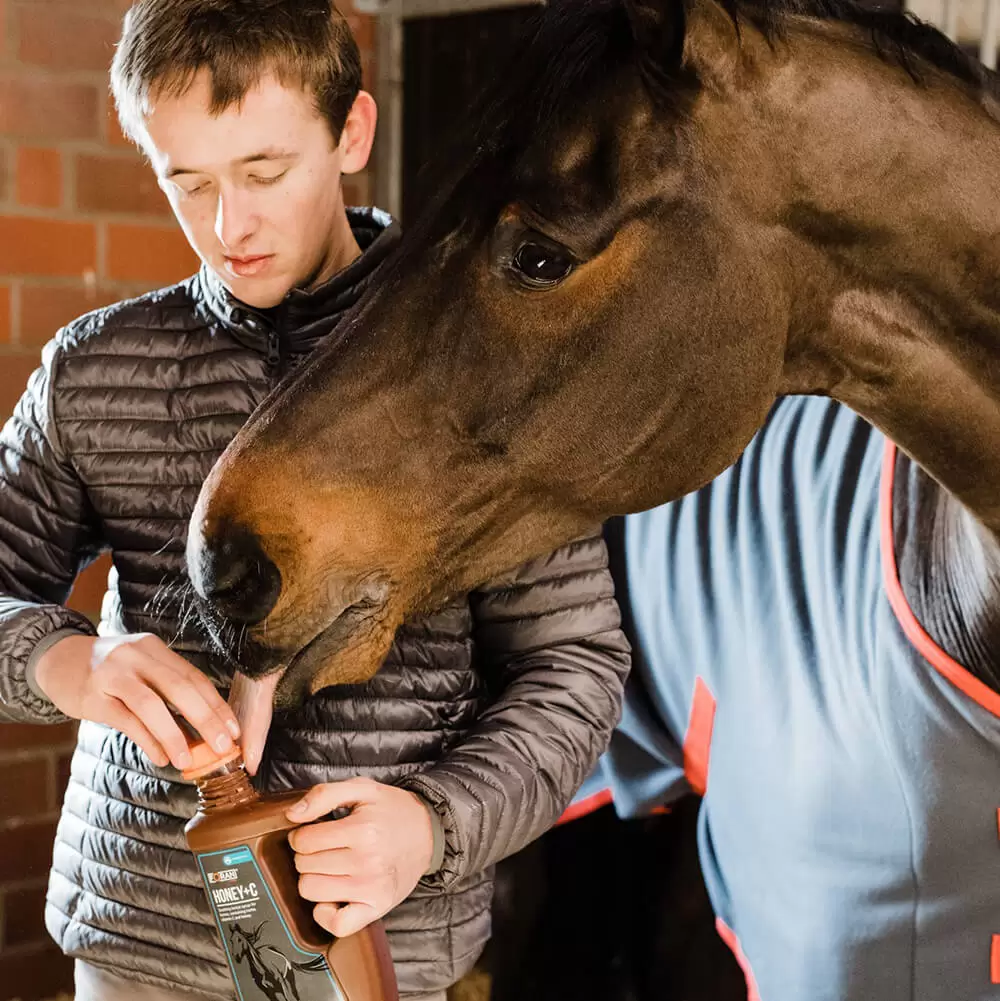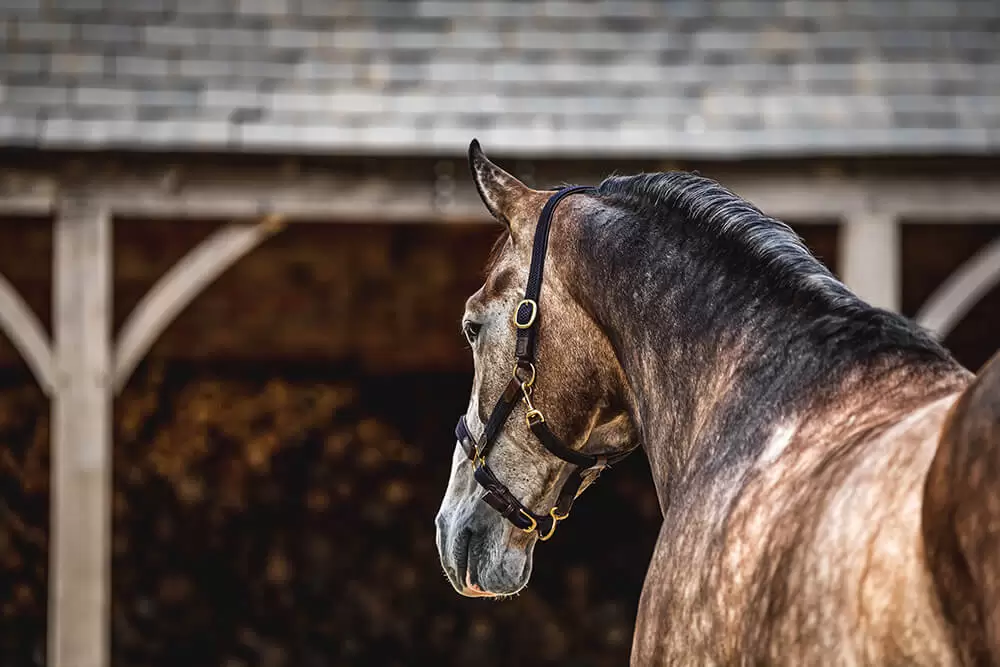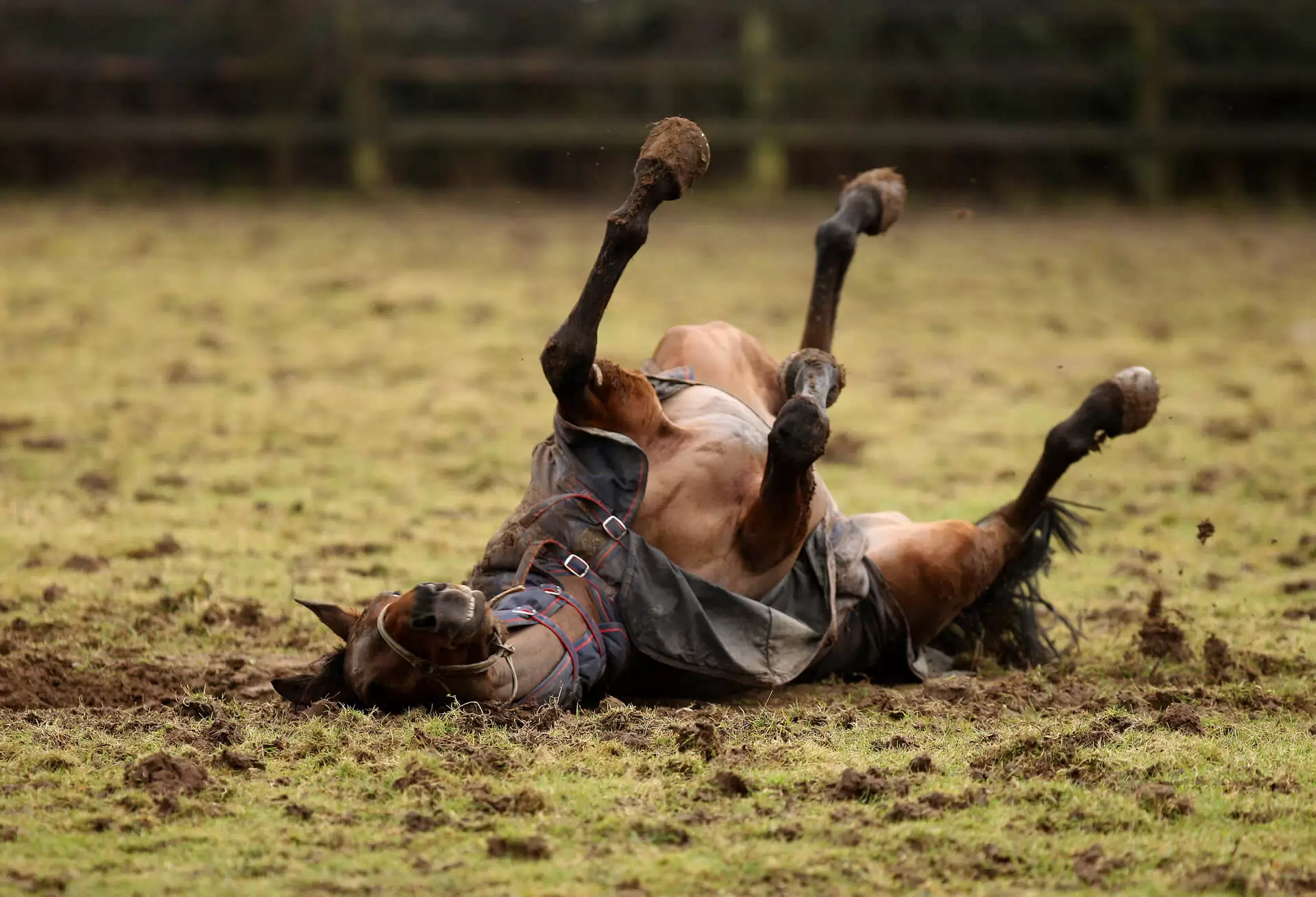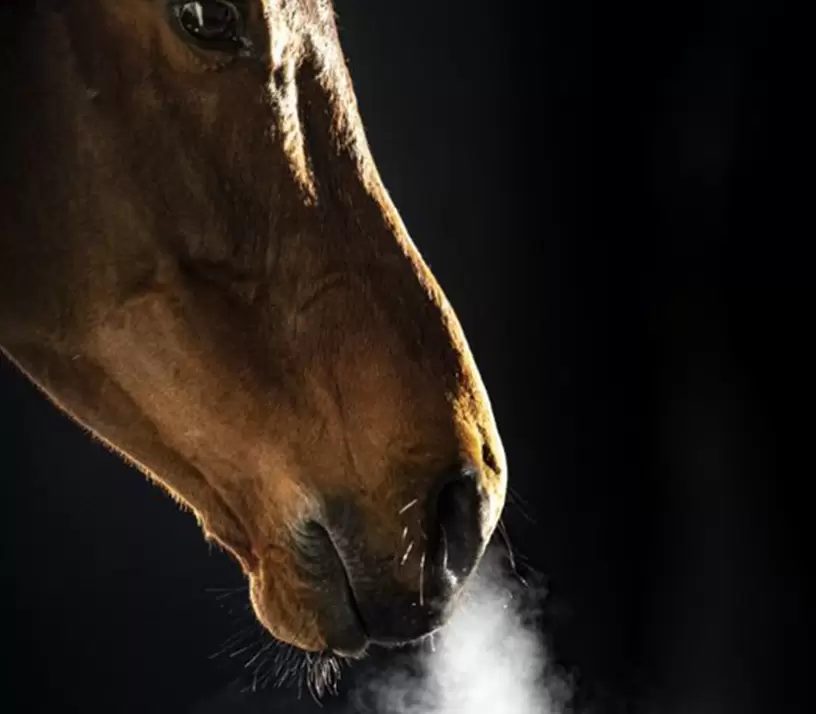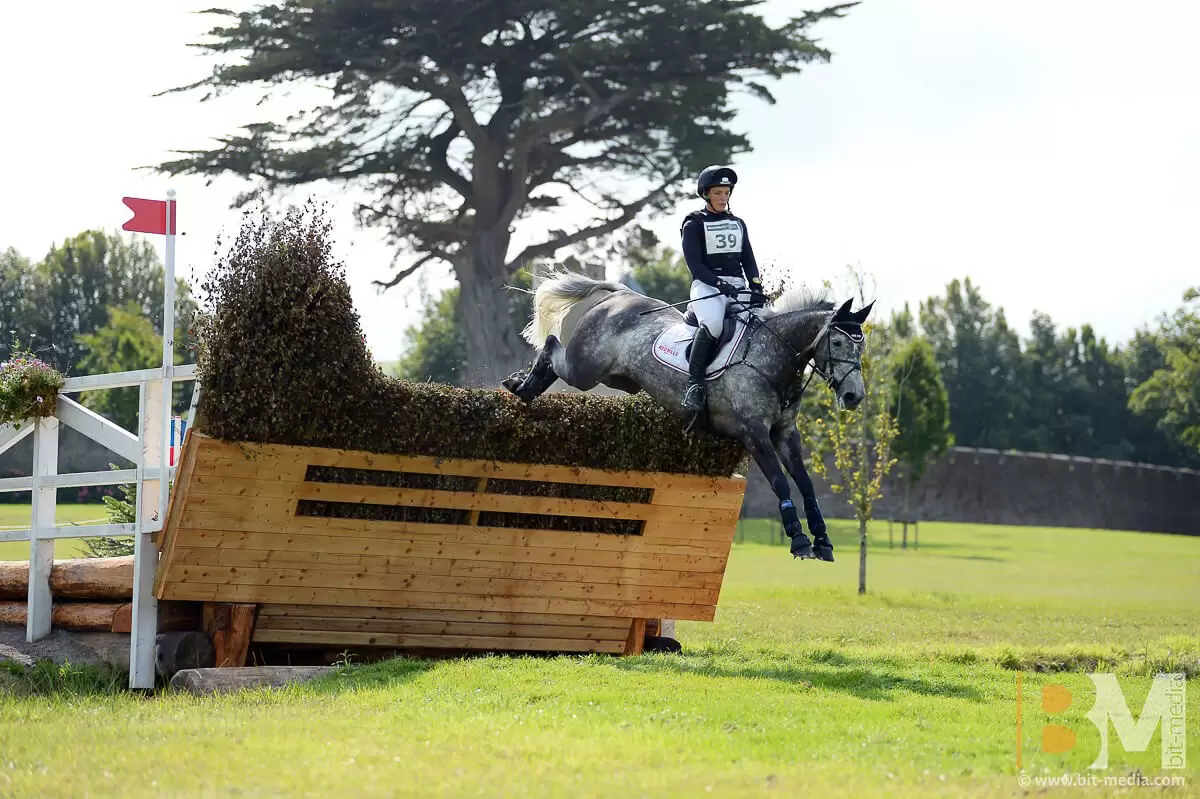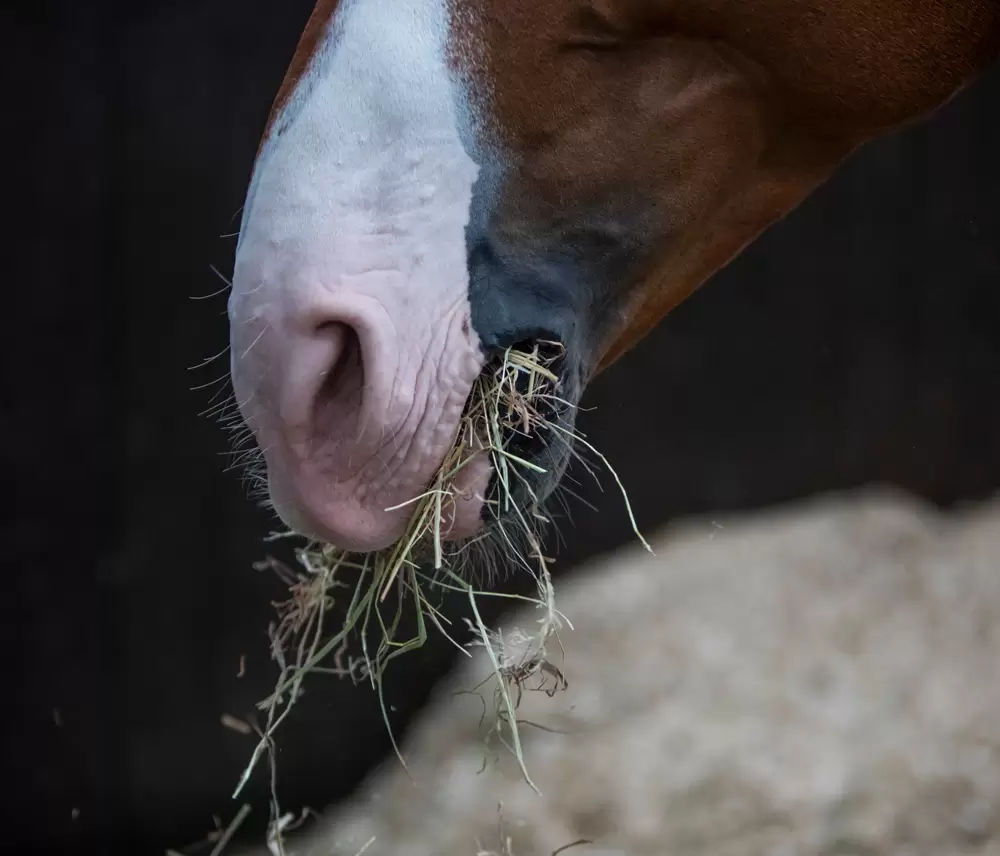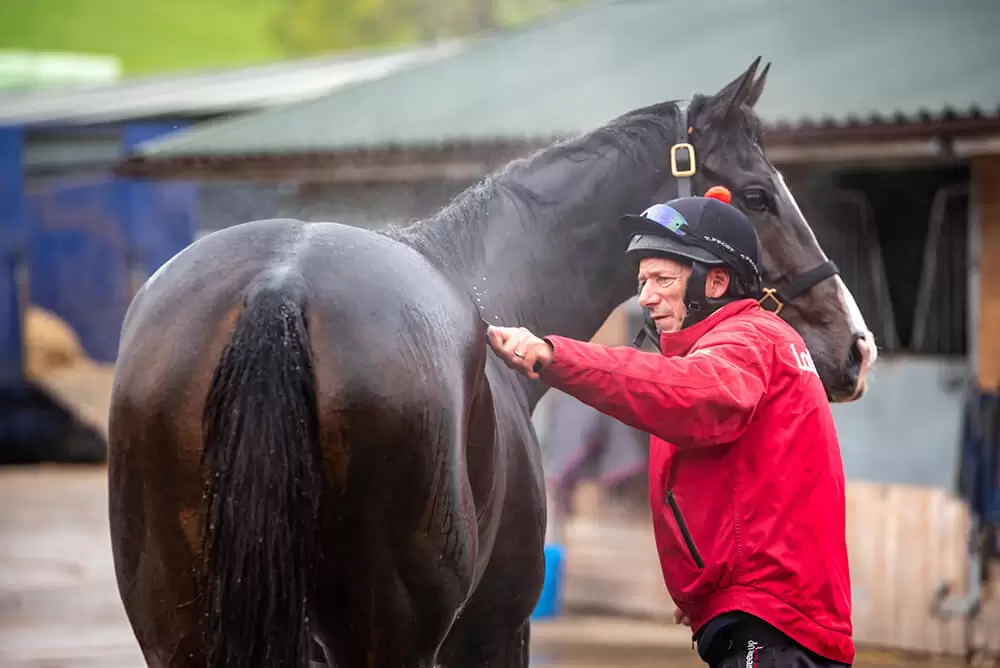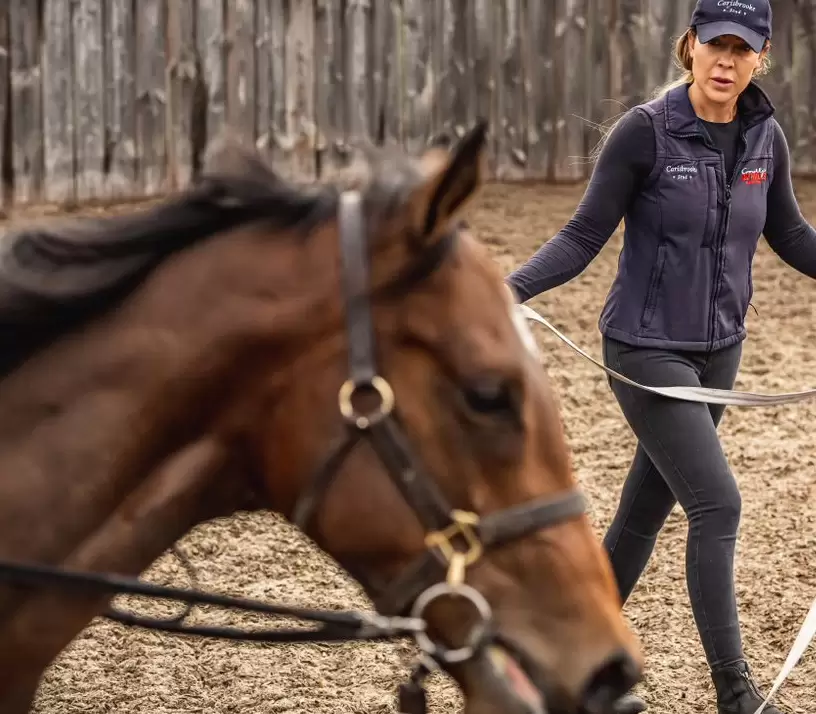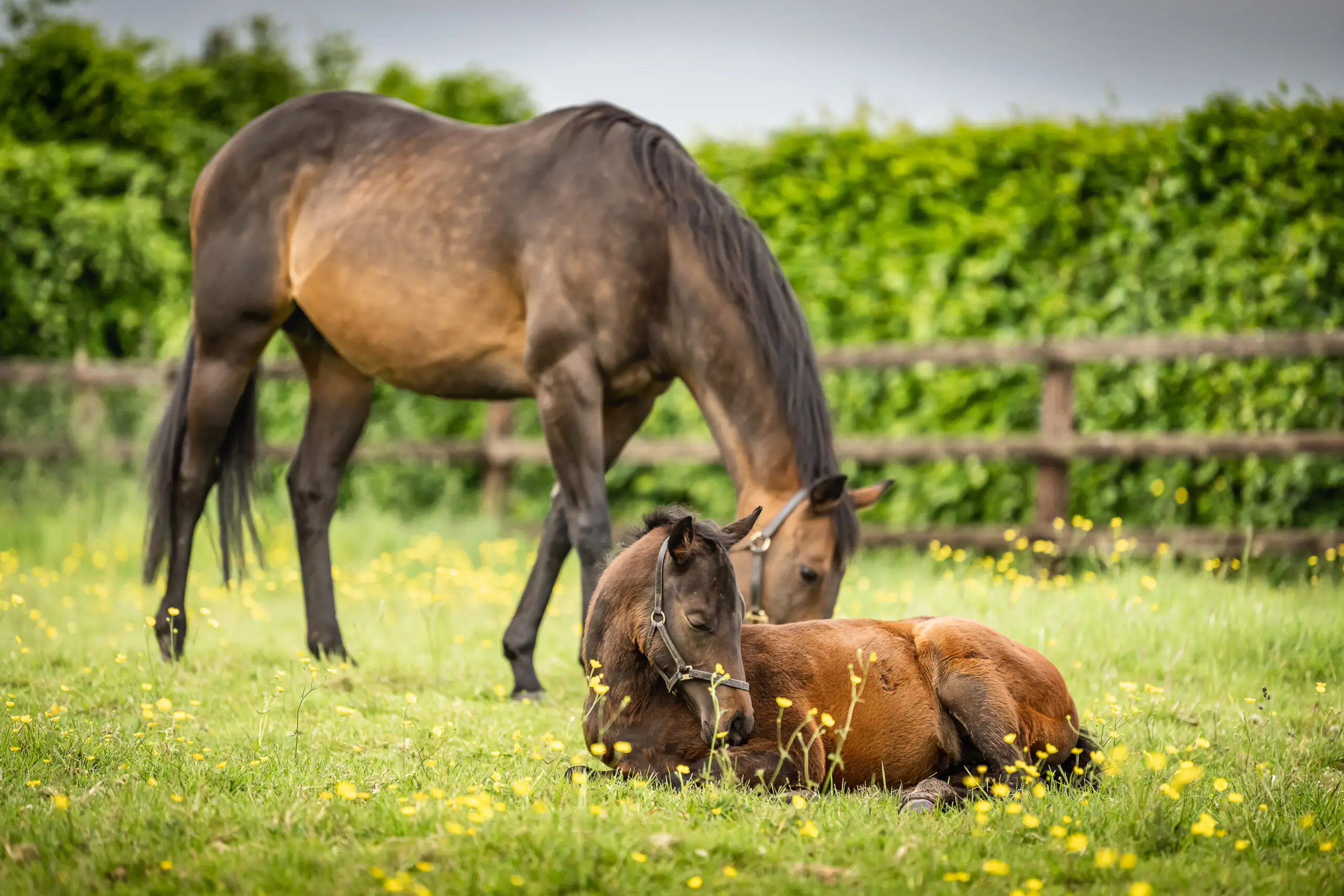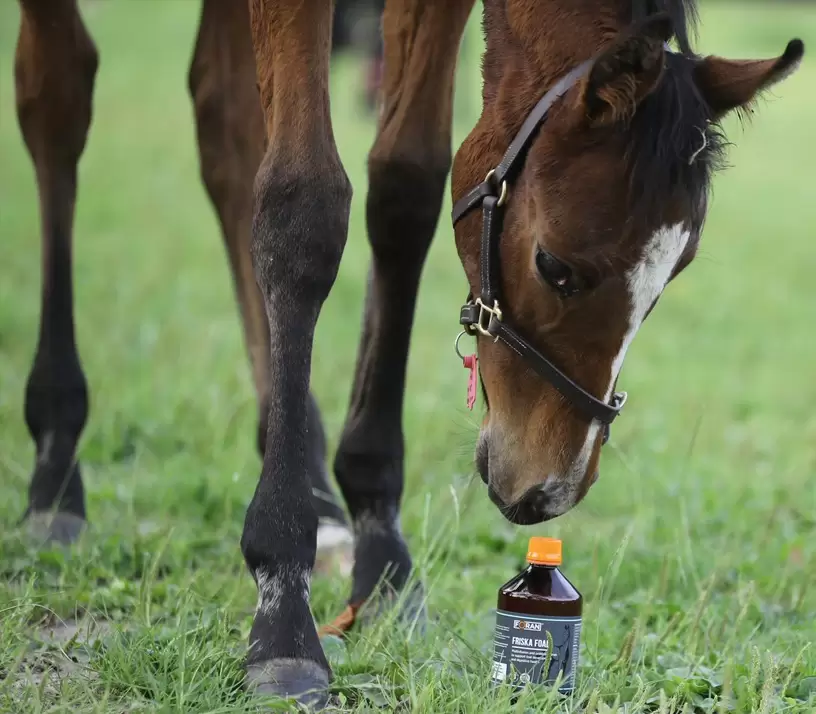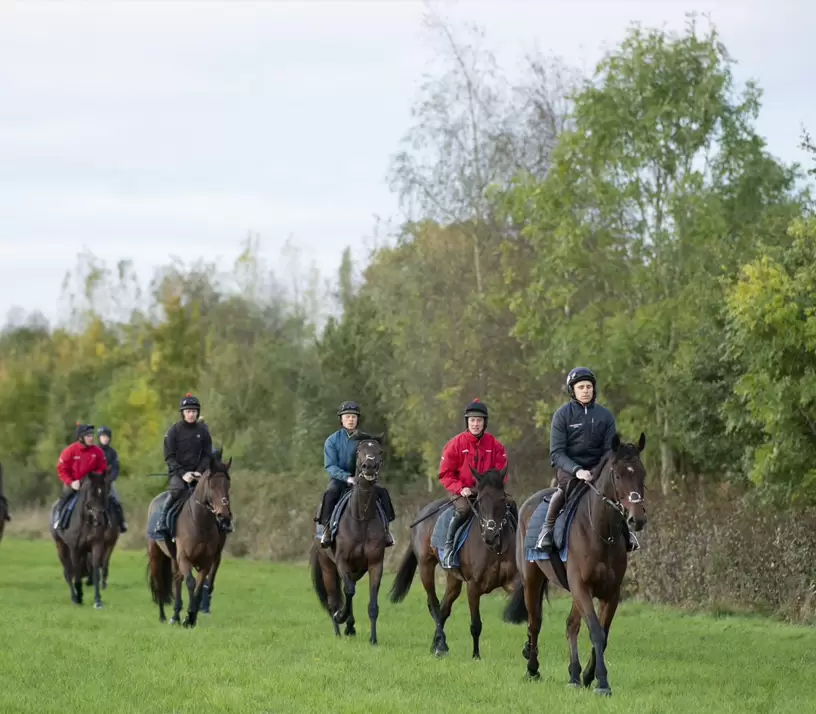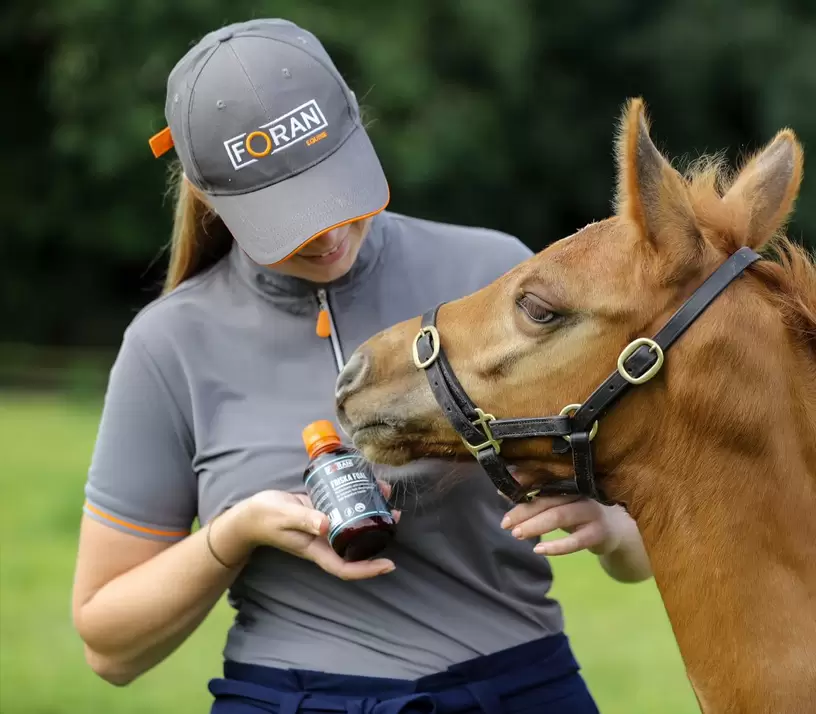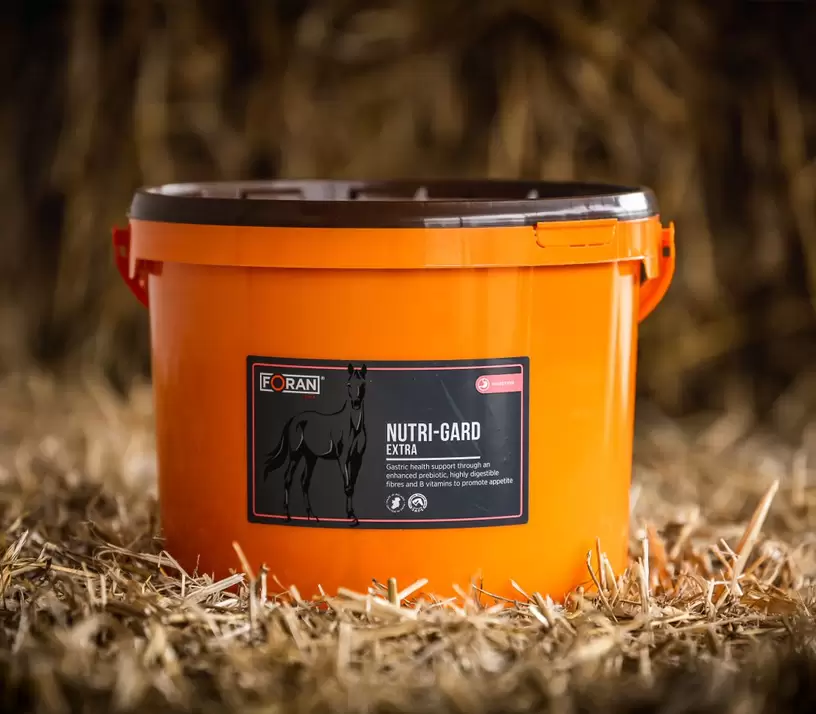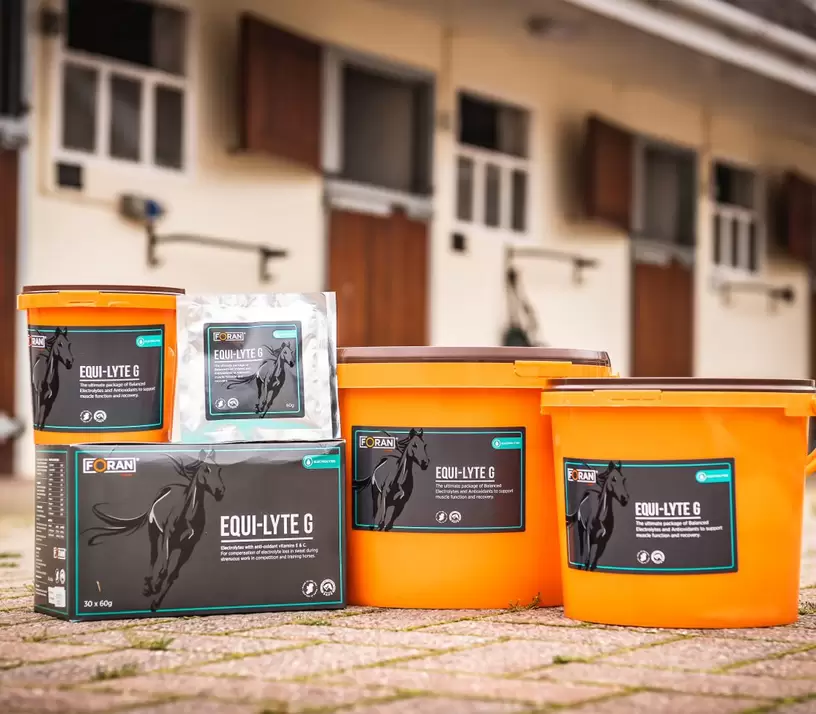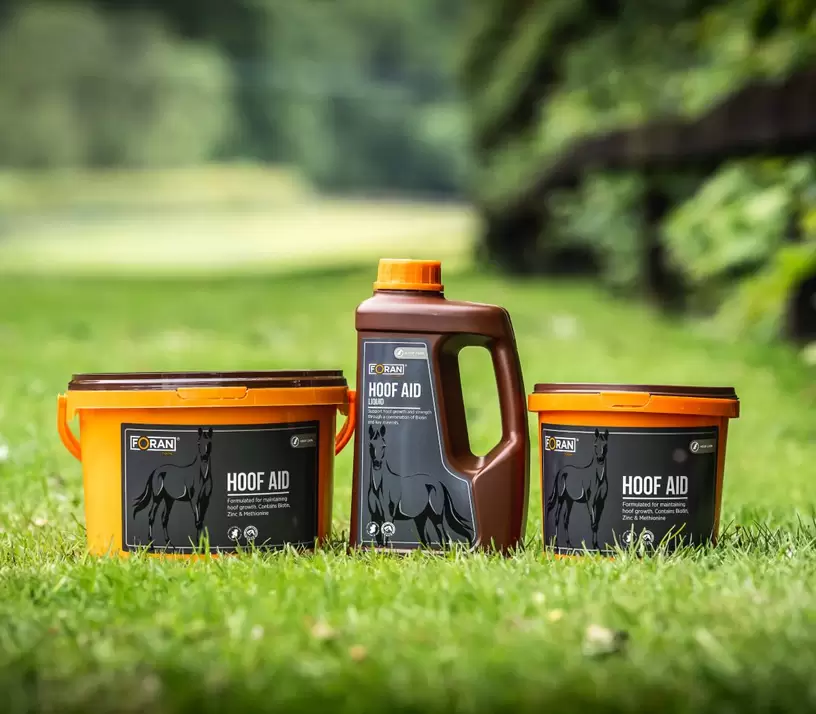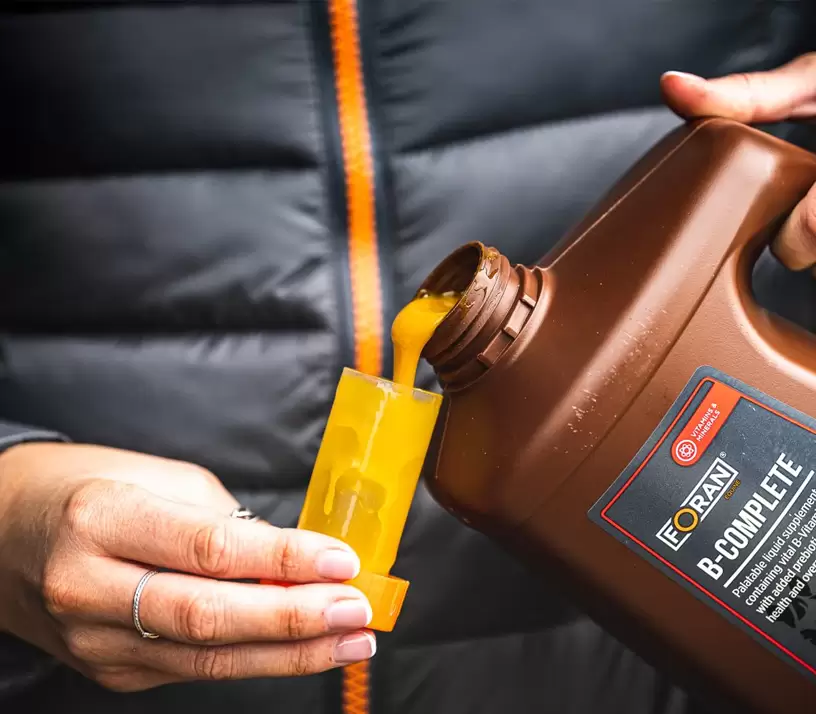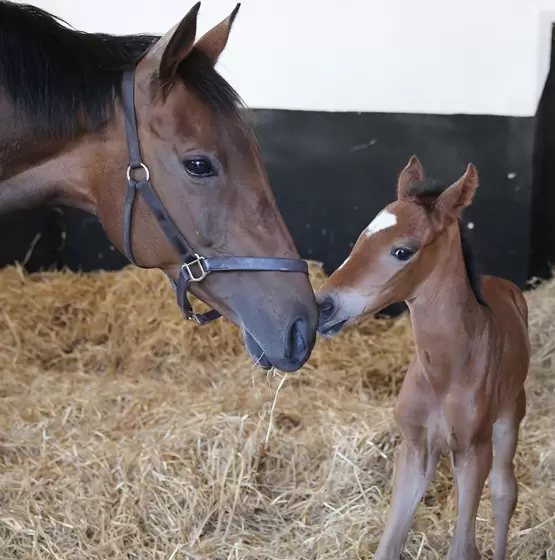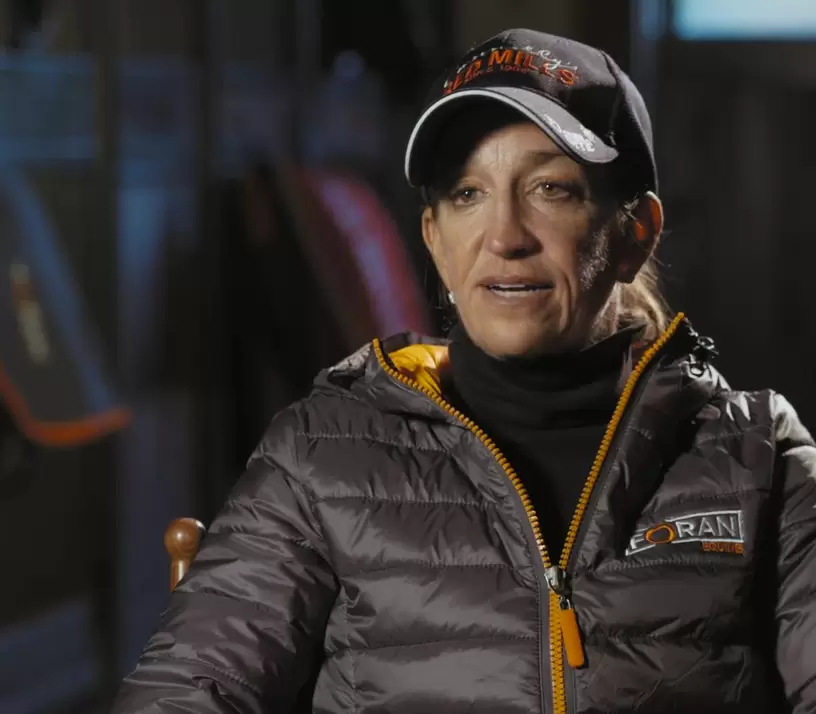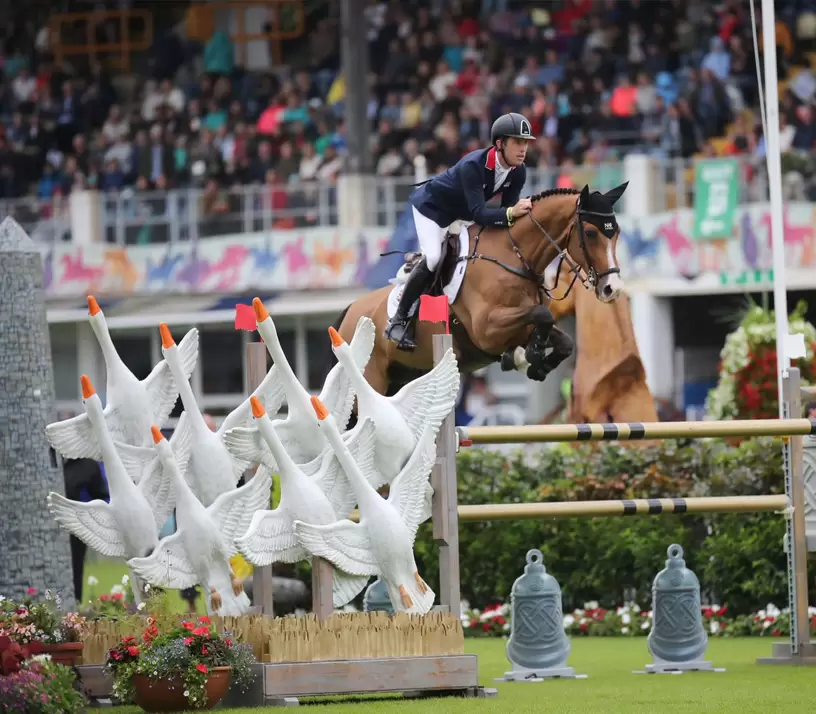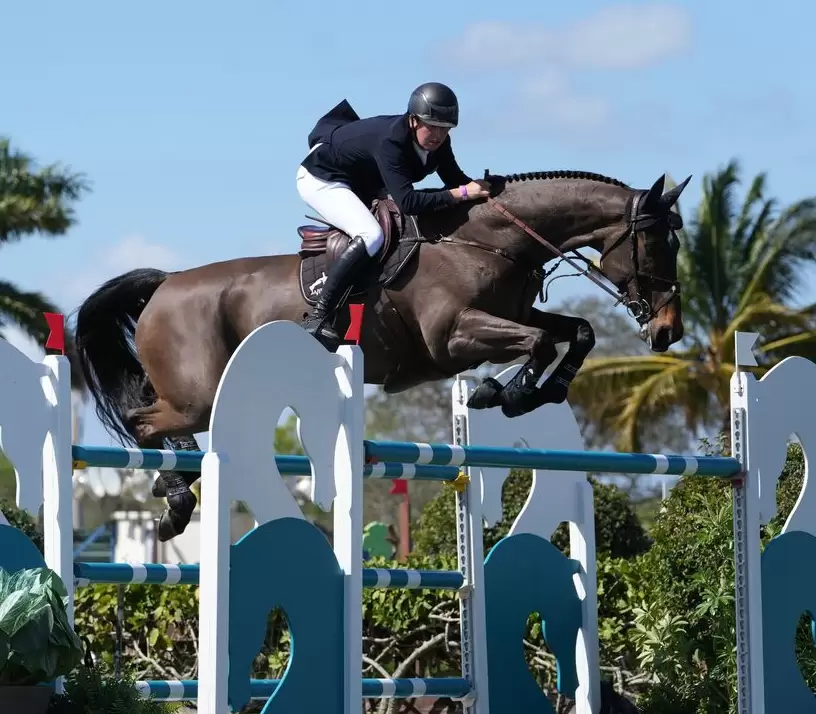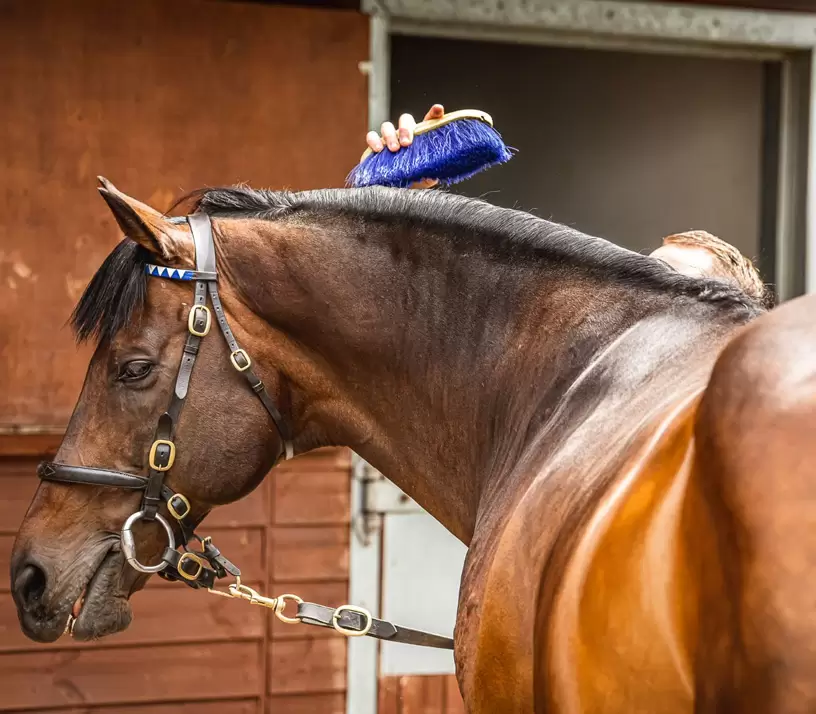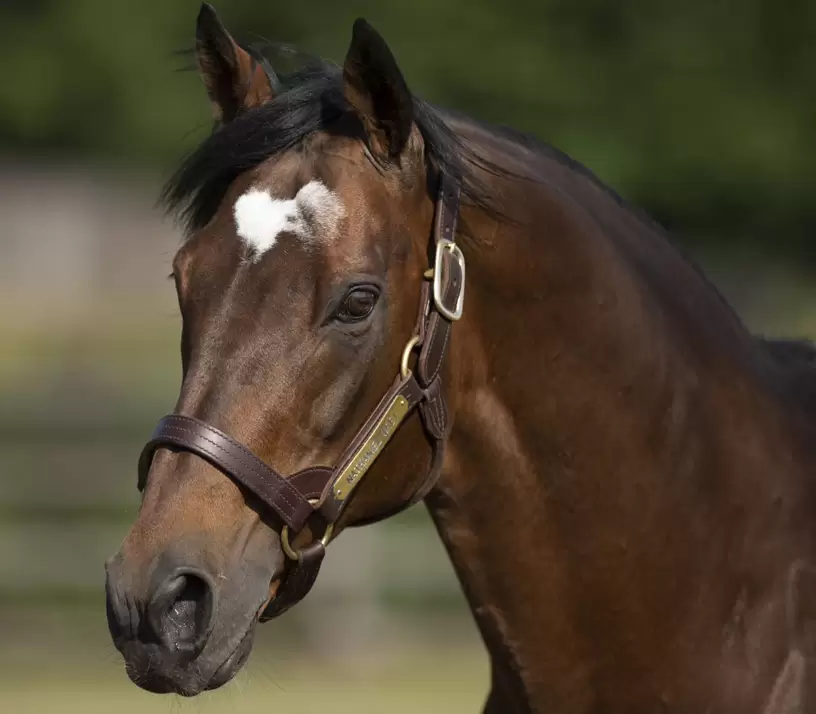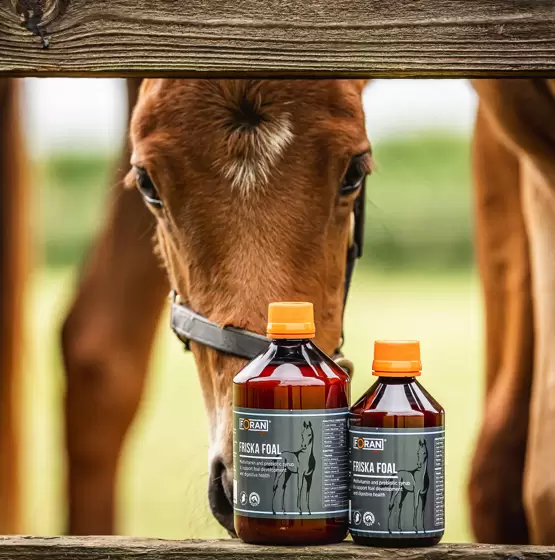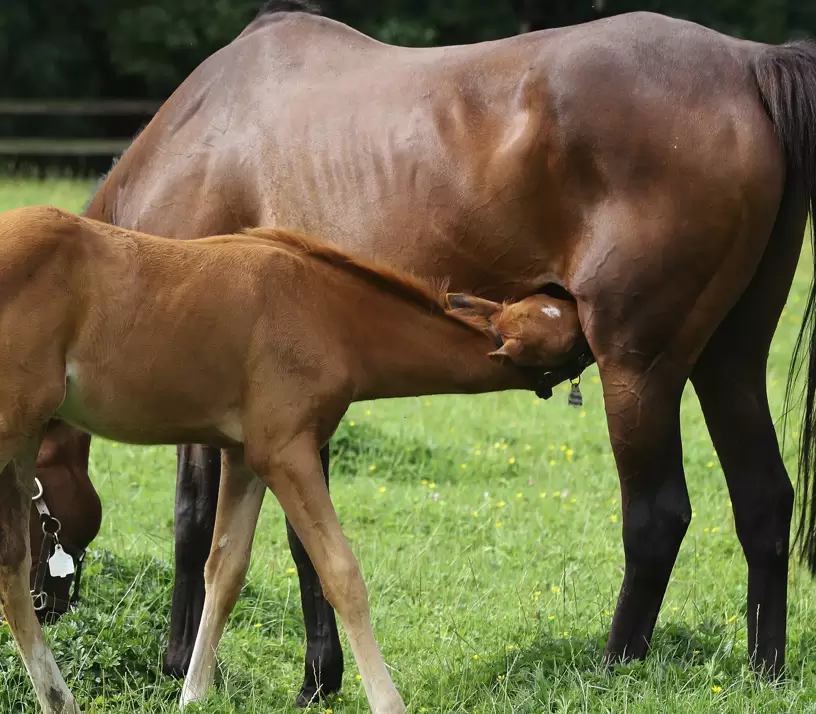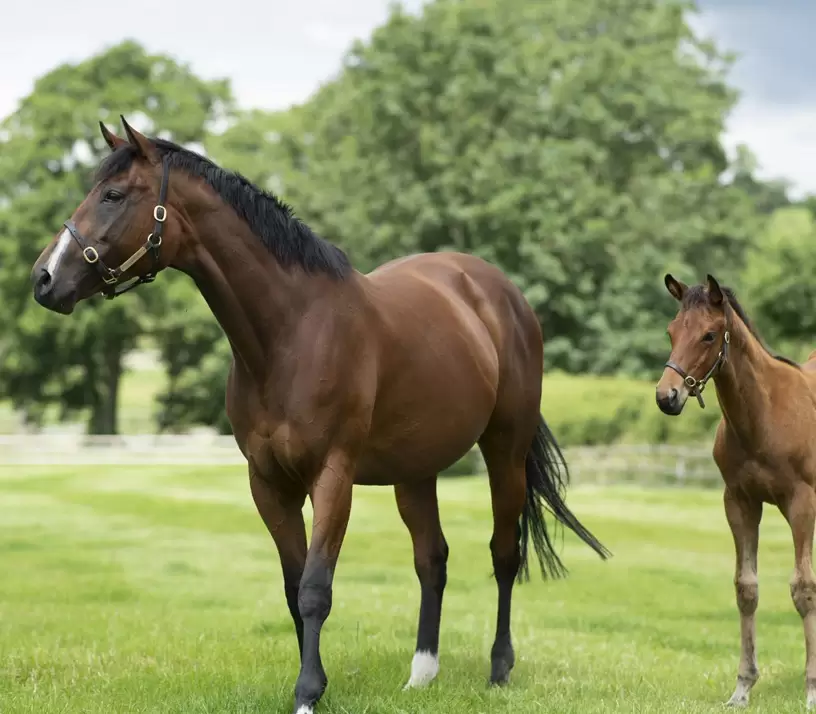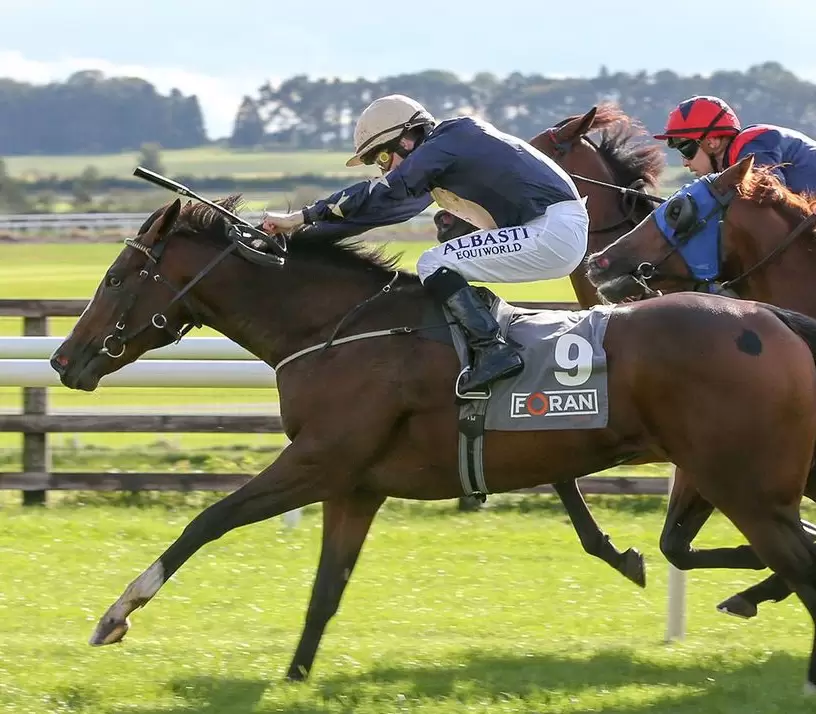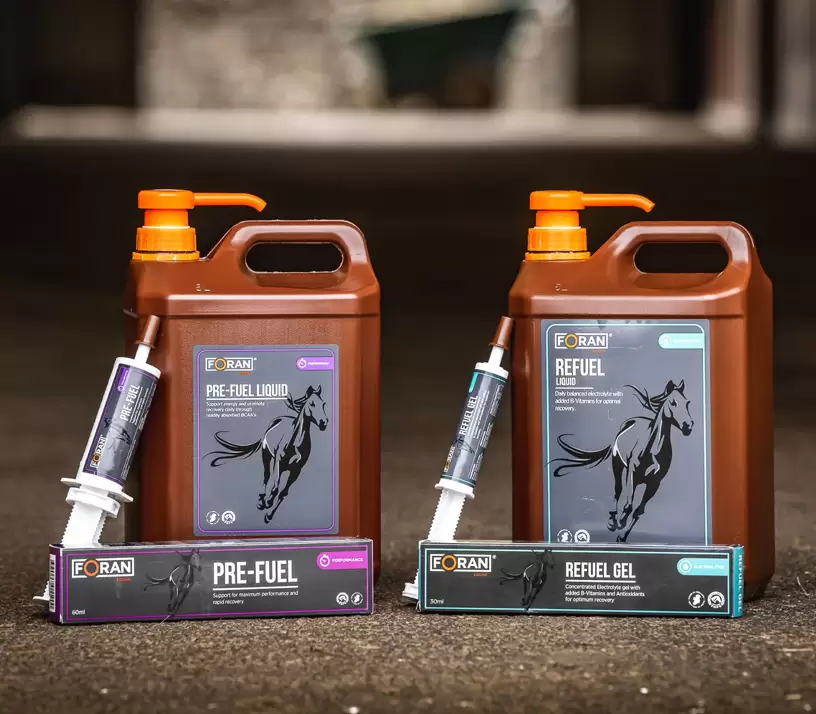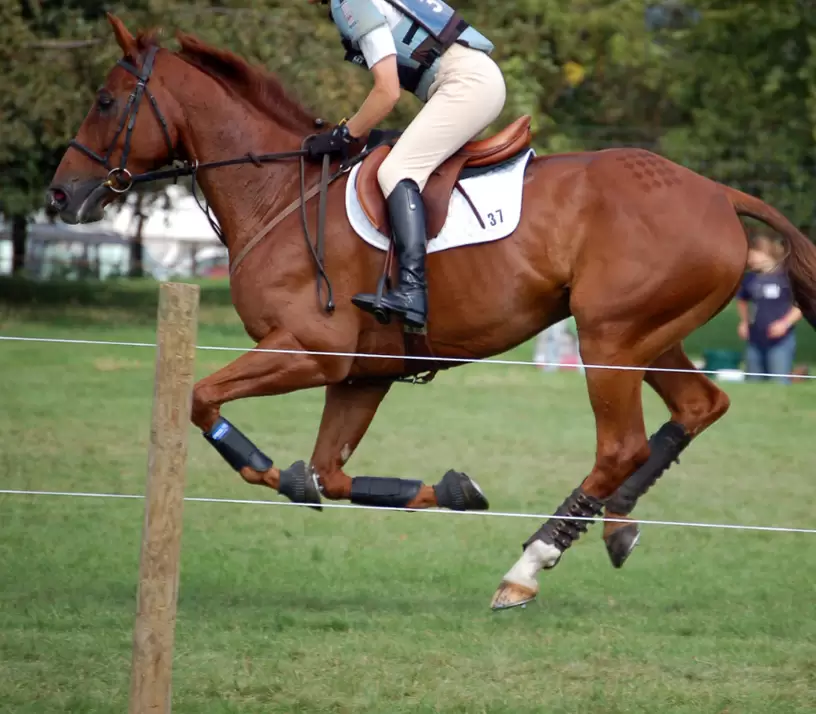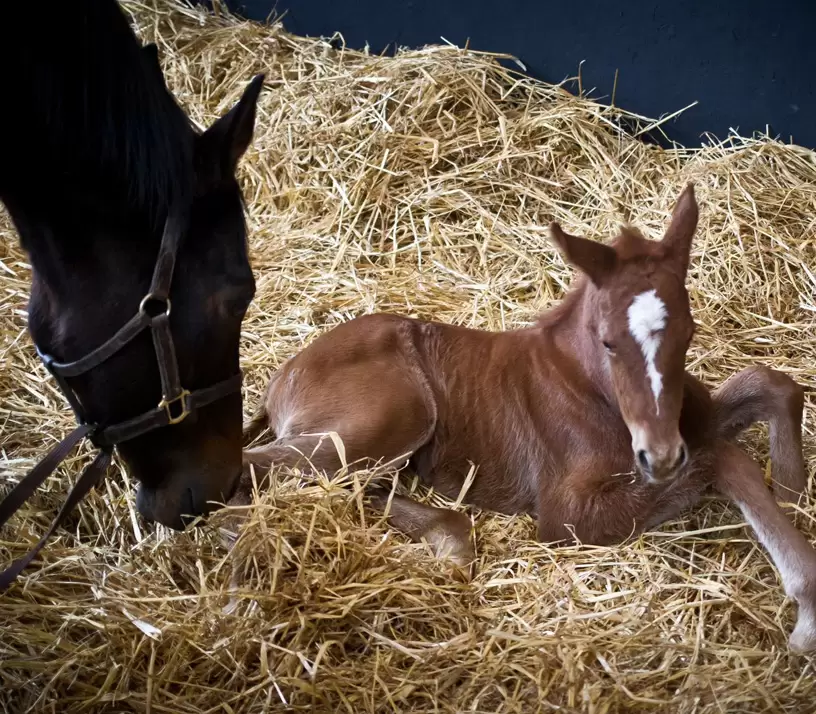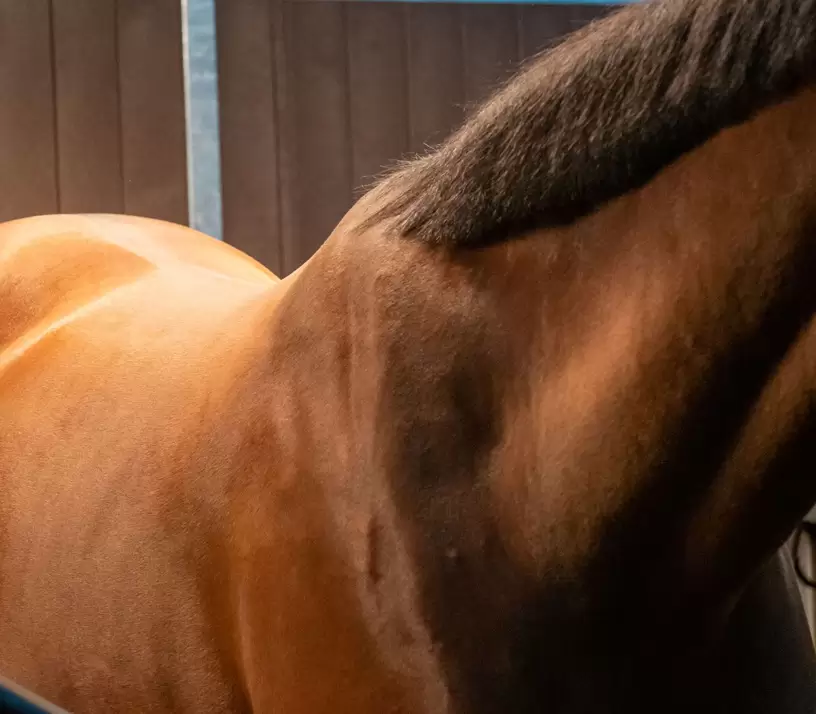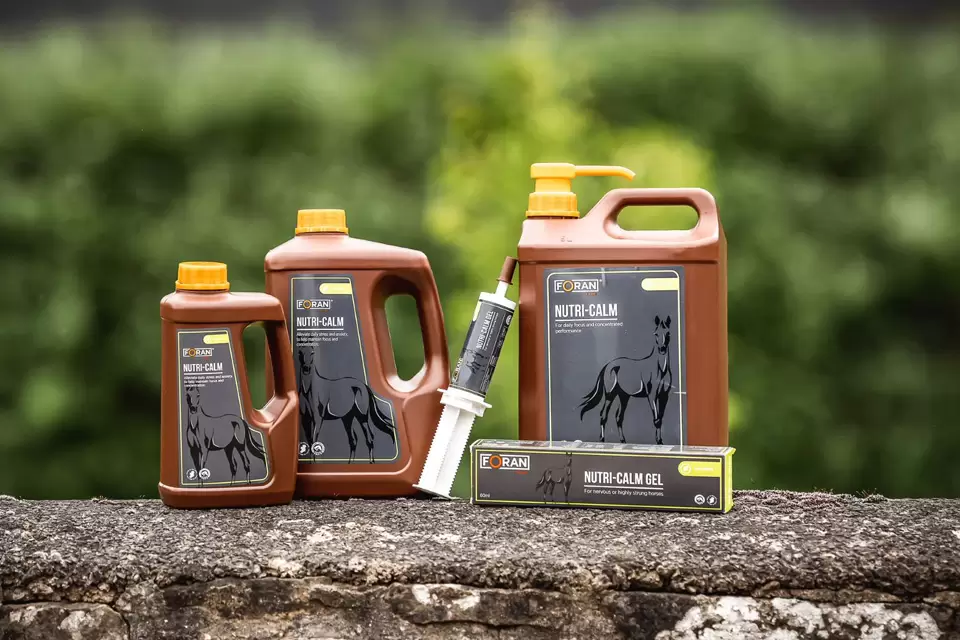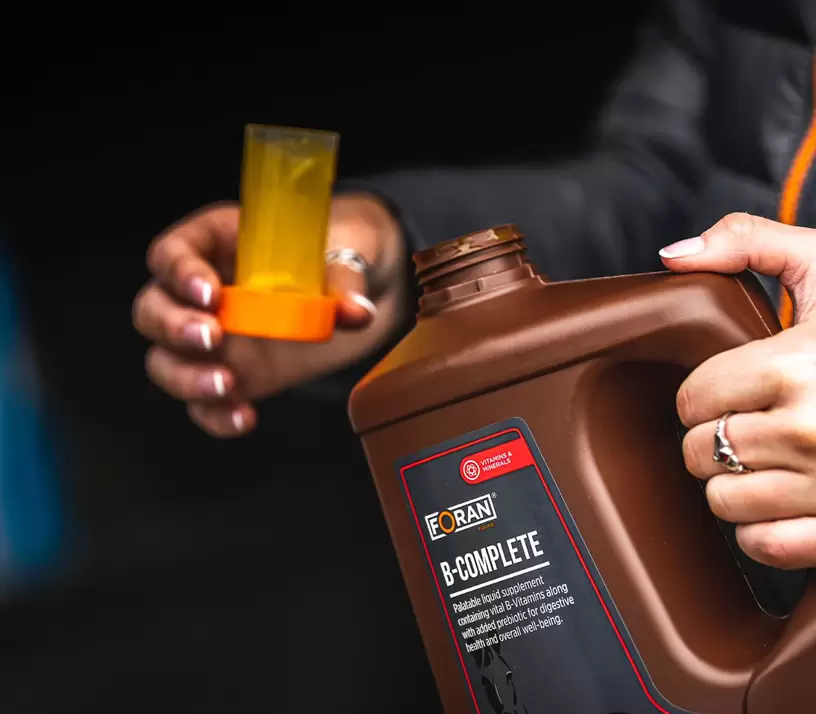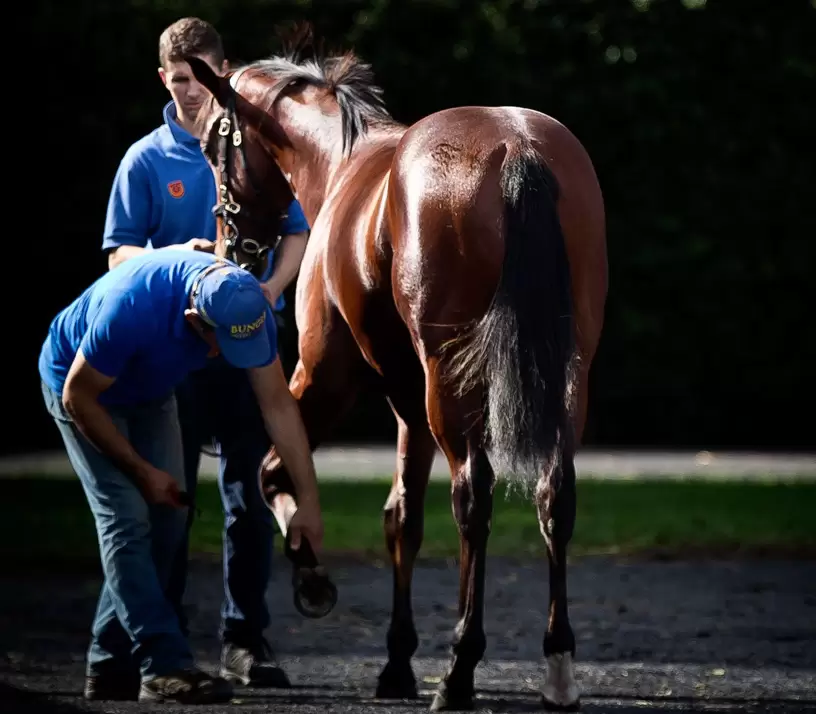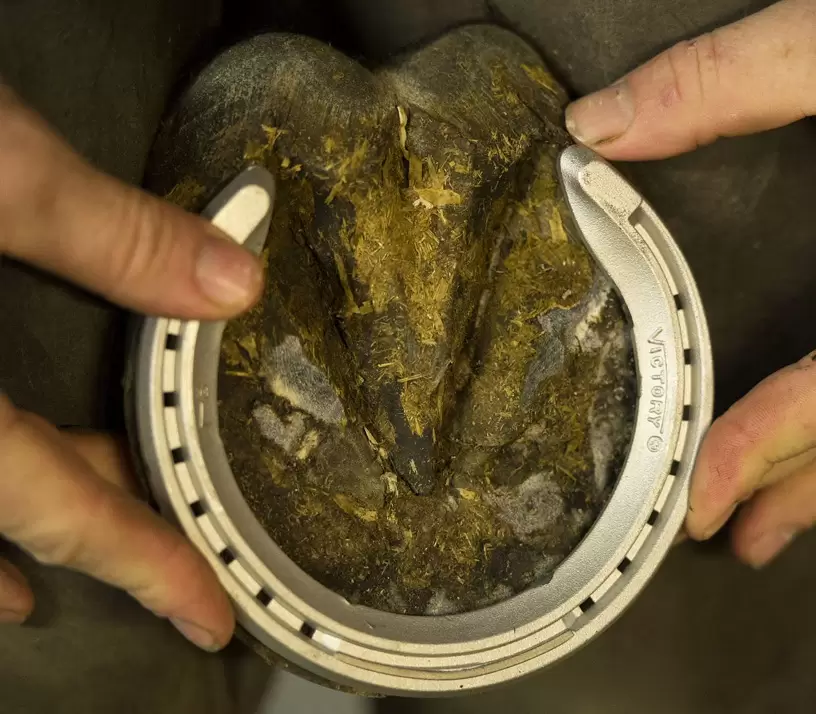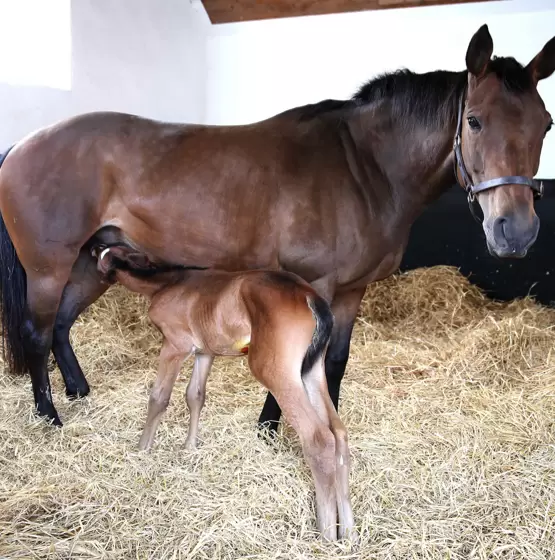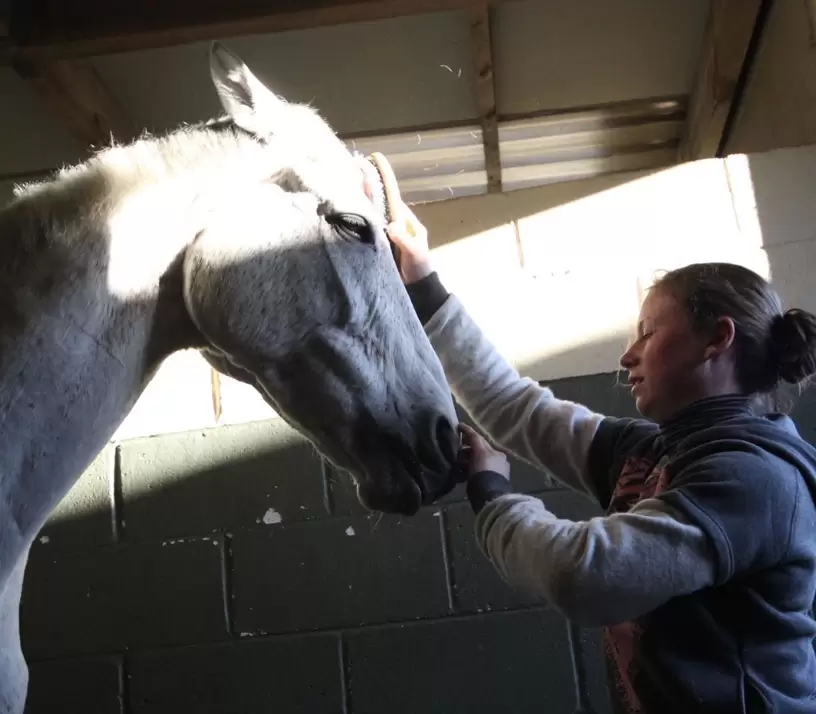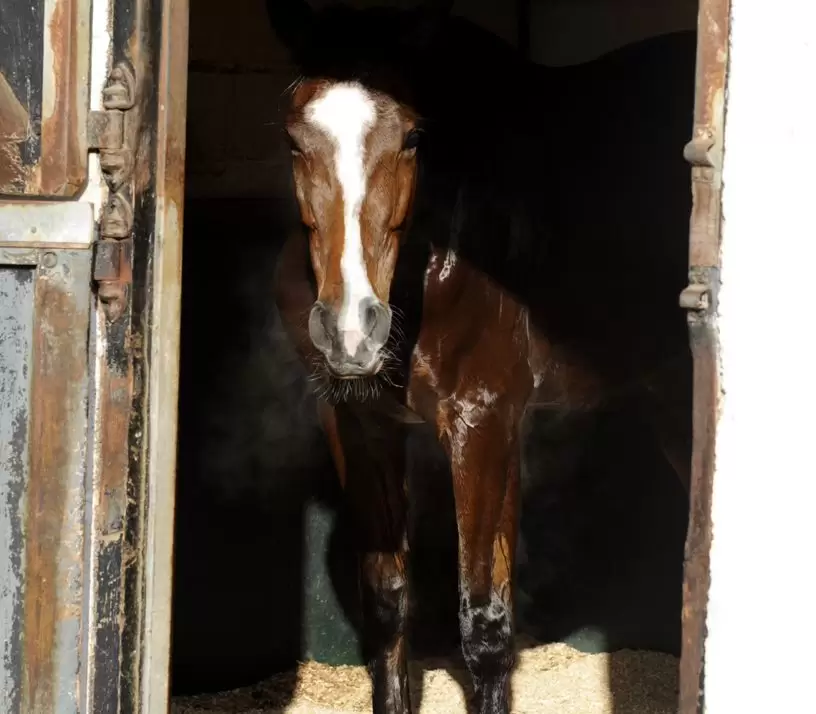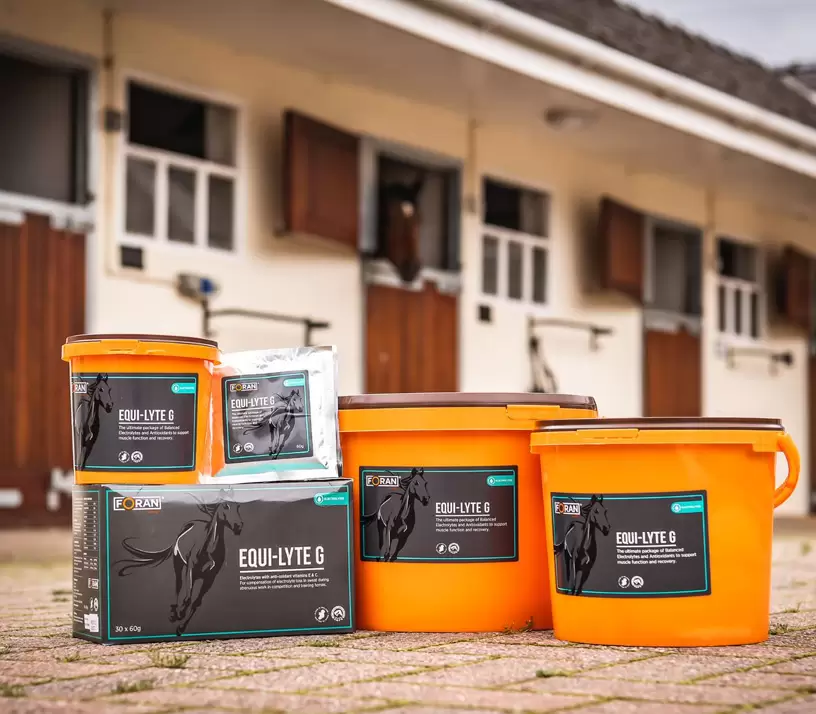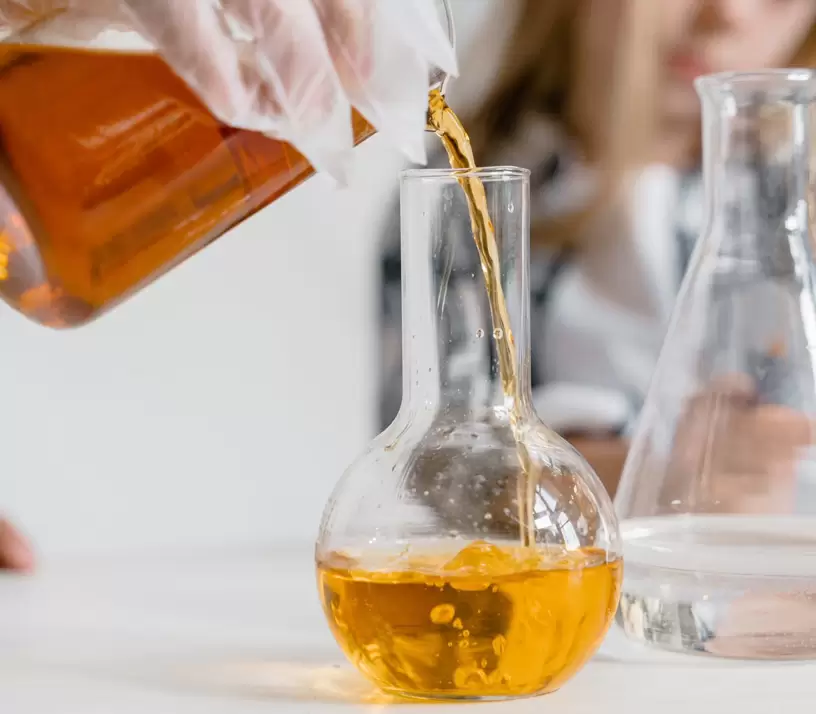
Our nutritional articles are supported by leading industry research and curated by our nutritional experts
Led by industry-leading science and penned by our expert nutritionists and technicians, our nutritional articles strive to address the many equine health issues and challenges that exist. Explore for tips and advice alongside tailored equine supplements and feed solutions to support the best health and performance.
Use our filter tools to filter our nutritional articles according to the relevant horse discipline, product or health-related issue.
Explore latest nutritional articles
The Importance of Gut Heath: Preparing for Competition
As the season kicks off, our horses’ routines change considerably. They might be allowed extra paddock time, access to fresh grass or new batches of forage. Work rates may increase significantly requiring higher energy and nutritional demands, all of which will impact your horse's gut health.
Your Cal-Gro Questions Answered: New Pelleted Format
Supplementing for Foal Sales Prep Success
Prepare for Winter with Nutri-Gard: For Complete Gut Care
Supplementing the dressage horse
Your Nutri-Gard Questions Answered
Everyone is talking about gut health and for good reason; it plays a key role in your horse’s overall health and wellbeing. We are all very familiar with the terms pre and probiotics, but have you heard about postbiotics and the enormous benefit they provide your horse?
Wound healing in horses
Wounds are unfortunately very common in horses and you’re almost guaranteed to encounter one at some point! Careful management of wounds can help optimise the environment for healing and ensure as speedy a recovery as possible.
What is topline and how do you get it?
Achieving a good topline requires a good exercise programme and a balanced diet, which can be supported by supplementation with key nutrients including lysine, vitamin E, and selenium.
Preparing horses for winter
As the evenings become darker and temperatures drop, it’s worth considering how best to prepare your horse for the winter months.
Breeze-up success
Preparing breeze-up horses for sale requires experience and knowledge of the sales process, optimal nutrition, and of course the appropriate training regimes. The right management at this stage can help your horses sell well and continue in successful racing careers.
Multivitamin and mineral supplements for horses
Multivitamin and mineral supplements can be really useful to increase a horse’s essential nutrient intake and give peace of mind if you are concerned your horse is at risk of nutritional gaps.
Help maintain healthy hooves
Proper hoof care is vital to the well-being of a horse and, as horse hooves are continuously growing at a rate of 6-10mm per month, a horse’s hooves will often reflect their overall health. Factors such as nutrition, farrier care, environmental conditions, exercise and genetics can all affect hoof growth and quality.
The importance of protein for yearlings
In the run up to yearling sales, enhancing physical development is key to making sure that they stand out and look their very best in the sale ring. Protein is an important nutritional component for supporting optimal muscle development.
How to support your mare’s milk throughout lactation
Having given your mare the best possible care during pregnancy to ensure both the well-being and health of her and her unborn foal, it is important to continue this post-birth. Keeping your mare in optimal health will show in her colostrum and continuing milk quality and production, providing her foal with the best start in life.
Eventing preparation tips
Eventing can be a nerve-racking experience for riders and grooms, as there is often a lot of pressure to perform well following months of training and preparation. Helping your horse look and perform their best on the day requires the perfect balance of an optimal fitness programme and strong nutritional foundations.
Recurrent airway obstruction (RAO) in horses
Previously known as chronic obstructive pulmonary disease (COPD), and often referred to as heaves or equine asthma, RAO is a common respiratory problem.
Competition pre-season supplements for horses
The pace often slows during the off season and so when spring comes around, a gear change is required as pre-season training kicks in ready for the competition season to start.
Management of horses with anhidrosis
Anhidrosis is a serious problem that can develop in horses exercising in hot humid conditions.
How Can I Help Calm my Horse?
Unwanted behaviour in horses can be associated with diet, management routine, environment, and breeding/genetics.
Getting ready for the foaling season
Foaling is a critical period – so it is important to be prepared. Knowing how to support the mare and foal pre and post-foaling is vital.
Friska Foal: a vitamin supplement for foals
Young foals are entirely dependent on the mare’s milk to provide all of their nutritional needs.
Electrolyte loss, heat stress, and dehydration
Horses sweat at very high rates, which acts as an effective cooling system, but this comes with the loss of electrolytes and body fluids which must be replaced to ensure normal ongoing body function and optimise recovery in the equine athlete.
Transition into spring with the ultimate combo for coat health and shine
Kentucky Karron Oil & Copper-Max Paste are the ultimate combination for aiding your horse’s digestion, coat condition & hoof health.
Your horse’s respiratory system – how it works and how to support it
A horse’s respiratory system is highly specialised for athletic function, capable of supplying vast amounts of oxygen to their body when it is needed most.
Micronutrient deficiencies in horses and how to avoid them
All mammals, including horses, need certain vitamins and minerals for essential body functions. These micronutrients can often only be obtained from the diet, so deficiencies can occur if nutritional requirements are not met.
Laminitis – a right pain in the hoof
Laminitis is a painful condition in horses and ponies. It is common and frequently recurs in susceptible animals due to underlying conditions. These horses and ponies require special management to try and limit the severity and recurrence of laminitis.
Your horse’s immune system – why it’s important and how you can boost it
Your horse’s immune system is vital for fighting infections - be it a virus, bacteria, parasite or fungi. Horses with compromised immune function are more susceptible to illness, ill-thrift, and poor performance.
Protein not just for body builders
Protein is an essential part of any performance or exercising horse’s diet. It is required to build and maintain muscle mass, which is vital for athletic performance.
Mud Fever Treatment for Horses
Mud fever or mud rash can be a challenging condition to treat in horses. Being prepared is key – knowing when your horse might be at risk and implementing management changes accordingly, such as applying barrier creams
Coughing horses – causes and treatment
All horses cough occasionally, for example, if they get a bit of debris in their airways, whilst eating or drinking or at the start of exercise “to clear the throat”.
Antioxidants and the exercising horse
Free radicals are believed to play a role in muscle fatigue during exercise. Antioxidants can act to counteract these unstable molecules, thereby helping to support muscle health and recovery.
Reducing Risk of Gastric Ulcers in Horses
Equine gastric ulceration syndrome (EGUS) is a common problem associated with performance horses. In actively racing thoroughbreds, the prevalence is up to 100%.
All tied up? Managing ‘tying-up’ in horses
‘Tying-up’ – also known as exertional rhabdomyolysis (ER), azoturia or ‘Monday morning disease’ - can be a frustrating condition for horse owners and trainers to manage.
Preparing yearlings for sale
Having put huge efforts into selecting horses for the sales, it is vital they are in optimum condition with great topline and coat shine to ensure they look their absolute best and stand out in the sales ring.
Skeletal development of foals in utero & throughout growth
Correct nutrition is essential to maintain bone health in horses – particularly during skeletal growth and development. Consequently, a foal’s diet should be continually assessed and managed from in-utero development right through to training.
Feeding young foals
A foal’s early days can potentially shape its future health and performance for the rest of its life, so getting it right will pay dividends forever.
What is exercise induced pulmonary haemorrhage (EIPH) in horses?
Exercise induced pulmonary haemorrhage is a condition of the lungs that can be found in horses undertaking high-intensity exercise. It is thought to affect up to 95% of racehorses, based on the detection of blood on endoscopy post-exercise.
Diarrhoea in foals
Diarrhoea is commonly seen in foals and can range from being relatively harmless to fatal. Knowing when and how to intervene can make all the difference.
Colic in horses: types of colic, symptoms and treatment
Colic is a relatively common condition in horses, with studies showing that 4-10% of horses are diagnosed with colic every year.1 However, it is important to be aware that some types of colic are more serious than others.
Caring for older horses
The needs of horses change over time and older horses often need extra care. Nutritional supplements can be one way to improve the overall performance and quality of life for the ageing horse.
Best hoof supplements for horses
Good hoof health is essential to the overall well-being of a horse. Hooves can be influenced by genetics, breed, weight, diseases, exercise, ground conditions, weather, and diet, and these factors should be continually assessed and managed to ensure optimum hoof quality is maintained.
The crucial role of B vitamins in horses
Collecting Donor Colostrum
Colostrum or “first milk” is the thick, yellow secretion from the mammary gland.
Nutrition Advice for Preparing Yearlings for Sale
It is that time of year again, the summer is coming to an end and the yearling sales are fast approaching.
Preparation is key
On the day of an event, you want to see the culmination of all the training and preparation come to fruition at the perfect moment.
How to maximise recovery
Perhaps one of the most important periods for sustained performance is during recovery from exertion.
Achieving top performance is all about balance
Achieving top performance is all about balance. Every decision has its pros and cons, and it’s only when you find the sweet spot between them that you fly.
Muscle – the foundation of power and performance
Muscle is the foundation of performance, powering all the competitive activity that we ask of equine athletes.
Polysaccharide Storage Myopathy Type 2 (PSSM2) & Myofibrillar Myopathy (MFM)
For years scientists have attempted to discover the causes of tying up in horses. One of the leading researchers in this field is Dr S Valberg.
Supplementing the Stallion
The breeding stallion works hard throughout his reproductive life, starting early – some before they are even 3 years old – and, if successful, continuing well into his later years.
Supplementing the Foal
It is important to keep on top of shifting nutritional requirements as foals grow, develop, and become less reliant on their mother’s milk. The young equine gut also has to quickly adapt to utilising a solid diet and, being hind-gut fermenters, an increasing reliance on bacterial gut populations.
Supplementing the breeding mare, for the entire season
The key to successful breeding starts long before mating and it has been shown that nutrition plays a big role in the reproductive health of a broodmare. From broader aspects such as body condition, all the way down to specific macro and micronutrients, fertility is influenced by what is fed
Why is Copper Important for Breeding Stock?
Copper plays an essential role in the equine diet, particularly in youngstock.
Essential Supplements for Racehorses
Supplements can be a controversial topic on a racing yard, some trainers use copious amounts of products, while others use none.
Pre-Fuel & Re-Fuel – Your FAQs answered
We’ve had lots of great feedback on our Pre-Fuel and ReFuel syringes, as well as some questions on how and when to use them.
Copper Supplements for Horses
When we think of copper we often think of industrial things like wires and pipes; we don’t really think about our horse’s diet.
When the Going Gets Hard – Managing Horses Legs
The summer season is now getting into full swing whatever equestrian sport it is that you indulge in!
Hydrolysed Protein Explained
Hydrolysed protein contains pre-digested proteins, so they’re easier for the horse to absorb and use.
Supporting your horses joint health
So, what makes for a healthy joint in a horse? You’d be hard pushed to find a horse owner that at one time or another hasn’t wondered how best to look after their horse’s joints.
Extra Nutritional Support for the Newborn Foal
The broodmare can provide all the foal’s nutritional requirements for growth, development and immune protection up to three months of life. Getting everything right for the mare and foal can be challenging
What Oil should I feed my horse?
As a horse owner we are almost pre-conditioned to know that feeding an oil to our horses is a good idea, but when we delve into the reasons why, most come up short beyond the fact it is good for their coat.
Equine Joint Supplement Choice
When chosing a joint supplement, knowing your horse, researching and comparing supplement content and claims will serve horse owners well in making the best choice.
Choosing a calmer
A recent article in a popular equestrian publication listed in excess of 20 different equine calmers available for horse owners to choose from.
When do I need to supplement my horse with vitamins and minerals?
We hear lots about vitamins and minerals when it comes to feeding our horses these days, they are an essential inclusion in any equine diet, but all the information out there can be a bit puzzling.
Understanding sore shins
Sore shins, also referred to as bucked shins in some countries, is a condition which commonly occurs in horses in their two year old year of training.
Promoting Healthy Hoof Growth
Nutrition plays a very important role in hoof quality. Promoting hoof wall growth, integrity of the hoof tissues and maintaining structural integrity of the foot come from a well-balanced diet that meets the horse’s requirements for all nutrients. The horse’s feet are a sensitive indicator of overall nutrition.
Essential Guide to Electrolytes for Horses
Horses lose ‘salts’ in their sweat. These salts, or as we should refer to them ‘electrolytes’, are essential minerals that function throughout the body in many physiological processes and, in particular, they enable muscle function.
Foaling Season Ready? – Tips for Tackling your Foaling Kit
Preparation is key to success when it comes to the foaling season, whether you have 1 mare to foal or 50, there are some basic elements that should be included in your foaling kit.
Unwanted Biting or Chewing in Horses
Crib biting and chewing are undesirable behaviours which affect the horses health as it causes damage to teeth and increases risk of colic.
Understanding Vices in Horses
Vices in horses are a regular occurrence as part of stable life. Understanding and managing them is vital for both a horse’s well-being as well as sale value.
Understanding Supplement Labels
All the information on horse supplements can be a little overwhelming, if you’re not sure what you’re looking at. With a better understanding of the obligatory and voluntary text on supplements you can ensure all your horses nutritional needs are looked after.
Flax Seed vs. Flaxseed Oil
There are many different products on the market, some seem quite similar. I was recently asked about the difference between ground stabilized flax seed versus flaxseed oil.
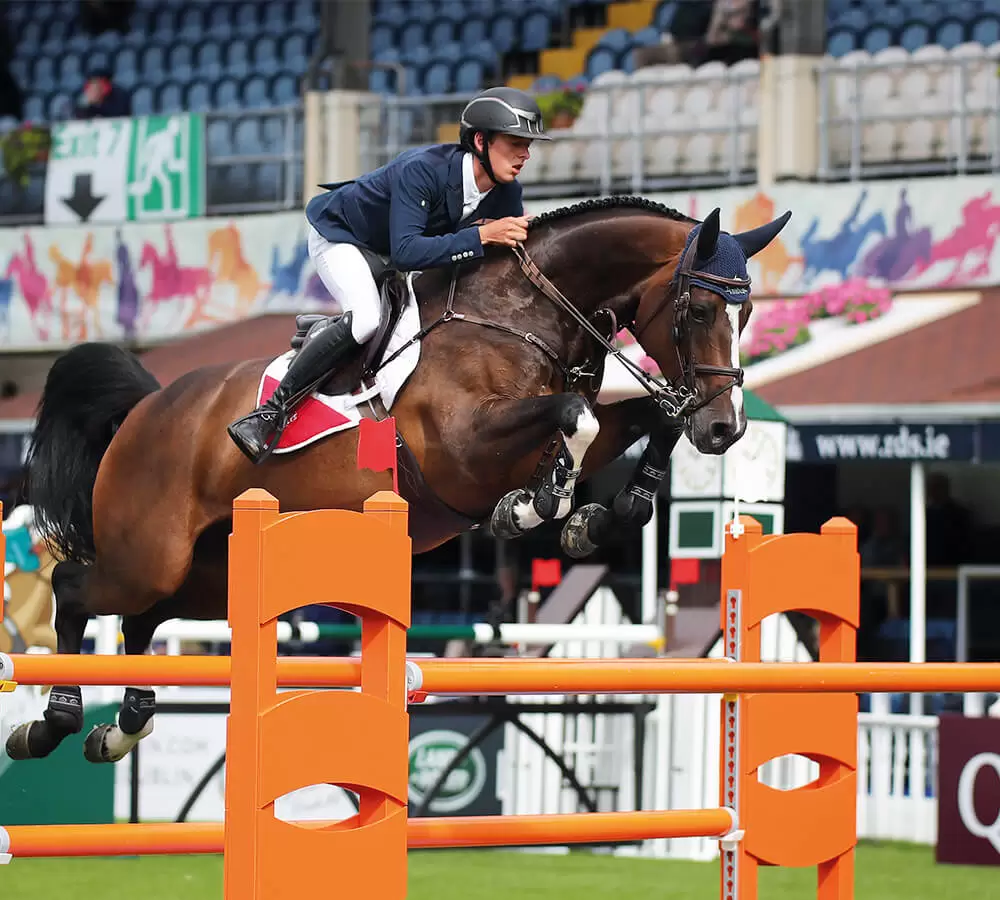





 E-Store
E-Store